In modern bathroom design, LED mirrors are rapidly gaining popularity and becoming a top choice for many families and designers in renovation projects. Compared with traditional mirrors, LED mirrors are not just tools for daily dressing and grooming. They integrate lighting, functionality, and aesthetic value, gradually becoming an essential element in enhancing the bathroom experience.
But the question arises: Are LED mirrors really a better choice for bathroom decoration? This article will examine the role and value of LED mirrors in modern bathrooms from multiple perspectives, including market trends, professional data, advantages and disadvantages, designer recommendations, and user feedback.
1. Market Trend: The Rise of LED Mirrors
According to the NKBA (National Kitchen & Bath Association) 2024 Trend Report, over 58% of bathroom renovation projects choose to install mirrors with LED lights, representing a nearly 40% increase from three years ago. This data indicates that LED mirrors are no longer a "niche choice" for high-end decoration, but are gradually becoming a mainstream configuration for mass households.
Industry insiders point out that the popularity of LED mirrors is closely related to the following major trends:
The demand for high-quality lighting is increasing: people are paying more attention to the distribution of light in the bathroom, and LED lamps provide soft, uniform, and efficient lighting.
Improved utilization of small spaces: Mirrors with lights can replace some ceiling or wall lights, reducing the number of lighting fixtures and saving space.
Smart Home Expansion: More and more LED mirrors support touch, dimming, and Bluetooth functions, meeting the upgrade needs of smart homes.
2. The advantages of LED mirrors
2.1 Provide uniform illumination
Traditional bathrooms often rely on ceiling lights, but a single light source can easily create shadows, making tasks such as applying makeup, shaving, and other grooming operations less precise. LED mirrors can evenly illuminate the face through surround or embedded light strips, providing a professional lighting experience.
2.2 Efficient and energy-saving
The energy efficiency of LED lamps is over 70% higher than that of traditional light bulbs. According to Energy Star's data, the lifespan of LED bulbs can reach 25000 hours, which means that an LED bulb can be used for more than 10 years under normal usage conditions, reducing replacement and maintenance costs.
2.3 Enhance the aesthetic appeal of the space
LED mirrors are typically designed to be simple and modern, with lighting that creates a soft atmosphere and enhances the overall delicacy of the space. Especially in minimalist and modern-style bathrooms, LED mirrors often serve as the finishing touch.
2.4 Diversified functions
Many LED mirrors are equipped with anti-fog functions, touch switches, dimming and color adjustment capabilities, Bluetooth sound systems, and more, making the bathroom no longer just a cleaning space, but a living space that integrates comfort and technology.
2.5 Increase the resale value of houses
Real estate analysis data shows that bathrooms with modern facilities (including LED mirrors) are more likely to impress potential buyers and increase resale value than bathrooms lacking upgrades.
3. Challenges and shortcomings of LED mirrors
3.1 High cost
Compared to regular mirrors, LED mirrors are more expensive. Even in mid-range products, the price may be two to three times that of traditional mirrors, while high-end styles can climb even higher.
3.2 Complex installation
LED mirrors typically require a power connection, which means that professional electricians may need to intervene during installation, increasing construction costs and complexity.
3.3 Maintenance and replacement issues
Although LED lights have a longer lifespan, once damaged, the cost of repair or replacement is relatively high, and it is not as convenient as replacing independent lighting fixtures.
3.4 Style limitations
LED mirrors primarily belong to the modern style, which may appear too abrupt for traditional or retro-style bathrooms and require proper matching to coordinate.

4. User experience and authentic feedback
Many users have shared their experiences on decoration forums and social media platforms:
A user said, "After replacing the LED mirror with an anti-fog function, you can immediately use the mirror after taking a hot shower, which is particularly convenient."
Another user mentioned, "The LED light source is very soft and the makeup is more precise, but an electrician was hired for installation, which resulted in higher costs than expected."
Some people also gave feedback: "The mirror itself is perfect, but after using it for a few years, the light strip has problems, and it is not easy to replace it."
These feedbacks confirm the practicality and aesthetics of LED mirrors, but at the same time reveals practical issues of cost and maintenance.
5. Designer's viewpoint: How to maximize advantages?
Designers generally believe that LED mirrors are indeed the preferred choice for modern bathrooms, but to maximize their value, the following points need to be noted:
Reasonable circuit planning: Consider the power layout of LED mirrors during the early stage of decoration to avoid construction troubles later on.
Matching with overall lighting: The light from LED mirrors is suitable for facial lighting, but it still needs to be paired with ceiling or wall lights to create a sense of hierarchy.
Choose the appropriate color temperature: Most LED mirrors offer adjustable settings of 3000K (warm light), 4000K (natural light), and 6000K (cool light), allowing users to switch according to their needs.
Pay attention to the moisture resistance level: Choose products with waterproof certification to extend their service life.
6. Comparison between LED mirrors and traditional mirrors
Functionality: LED mirrors win, integrating lighting, anti-fog, and intelligent control.
Price: Traditional mirrors are more cost-effective.
Installation: Traditional mirrors are convenient and straightforward, while LED mirrors require additional construction.
Aesthetic effect: LED mirrors are more in line with modern aesthetics, but traditional mirrors are more suitable in a retro style.
7. Conclusion: Are LED mirrors a better choice?
Overall, LED mirrors do represent the development direction of bathroom mirrors. They play an irreplaceable role in modern bathroom renovation due to their energy efficiency, uniform lighting, contemporary aesthetics, and intelligent functions. For users who pursue quality of life and technological experience, LED mirrors are indeed a "better choice".
However, this does not mean that it is suitable for everyone. For users with limited budgets, a preference for traditional styles, or those who do not want to incur additional maintenance costs, regular mirrors remain a reliable option.
In other words, whether LED mirrors are a "better" choice depends on the needs and priorities of the owners. If you value spatial aesthetics, lighting quality, and futurism, LED mirrors are worth investing in; If you are more concerned about cost and simplicity, traditional mirrors can still meet your needs.
In the future, with the improvement of production technology and a decrease in costs, LED mirrors are expected to become more popular and a standard in an increasing number of home bathroom renovations.

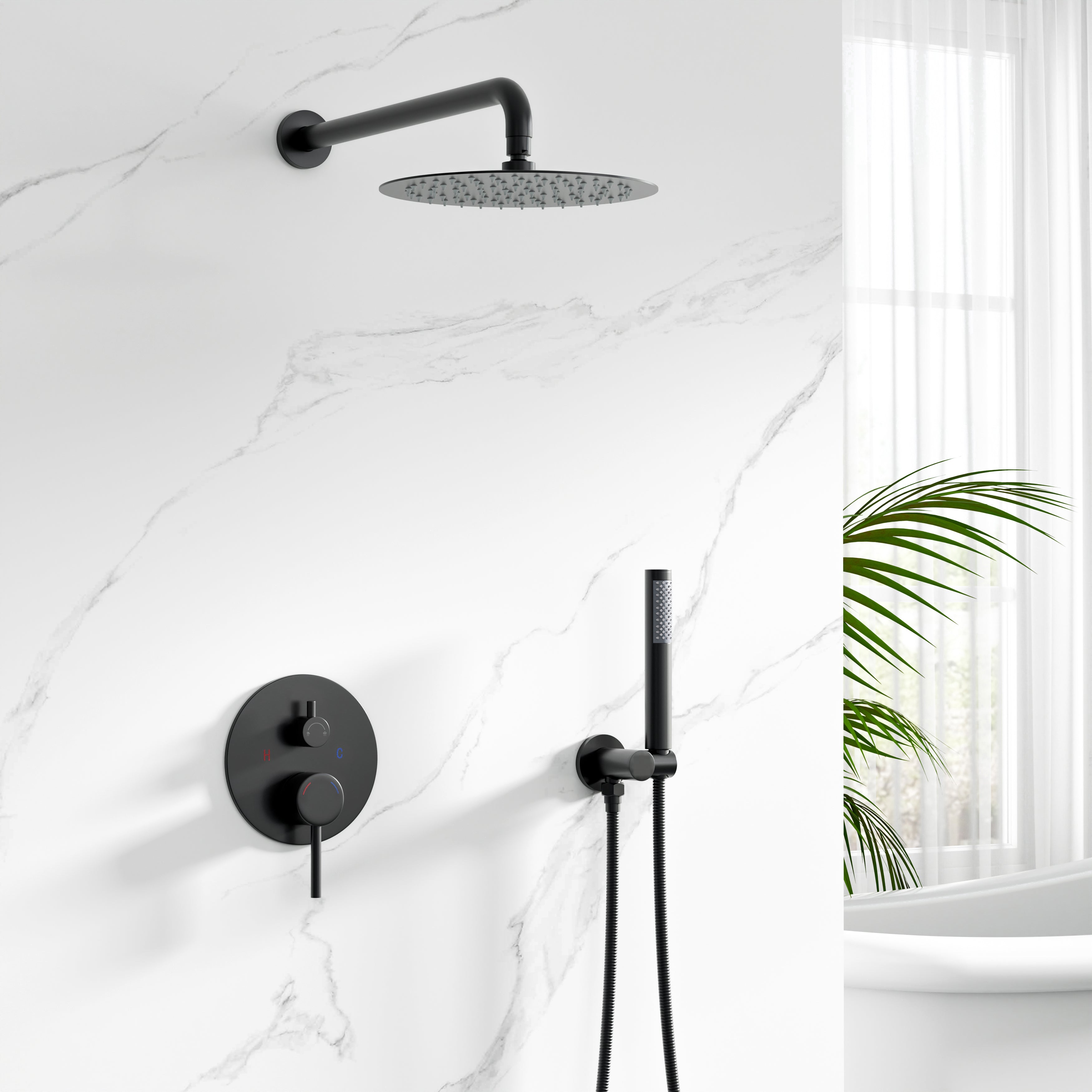
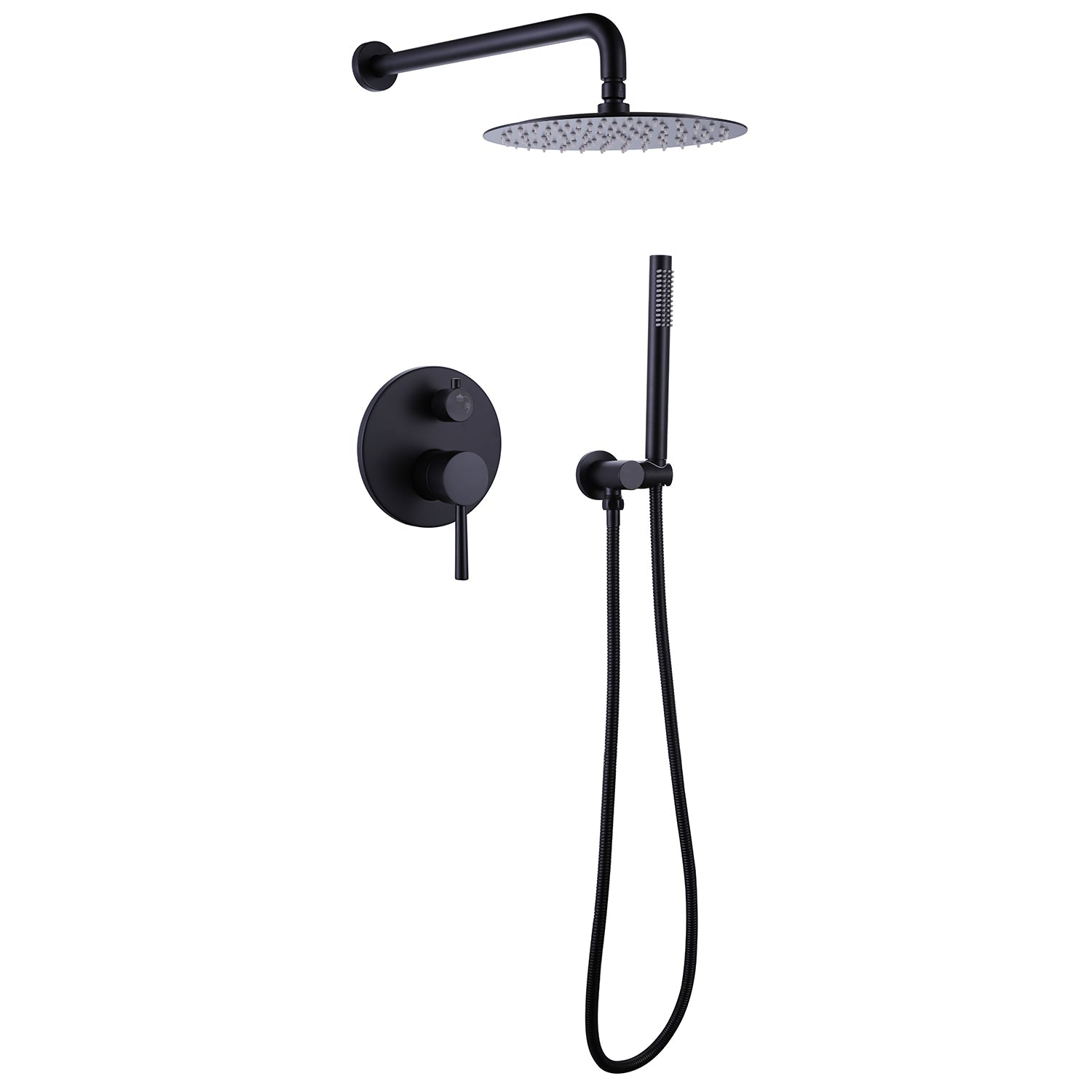


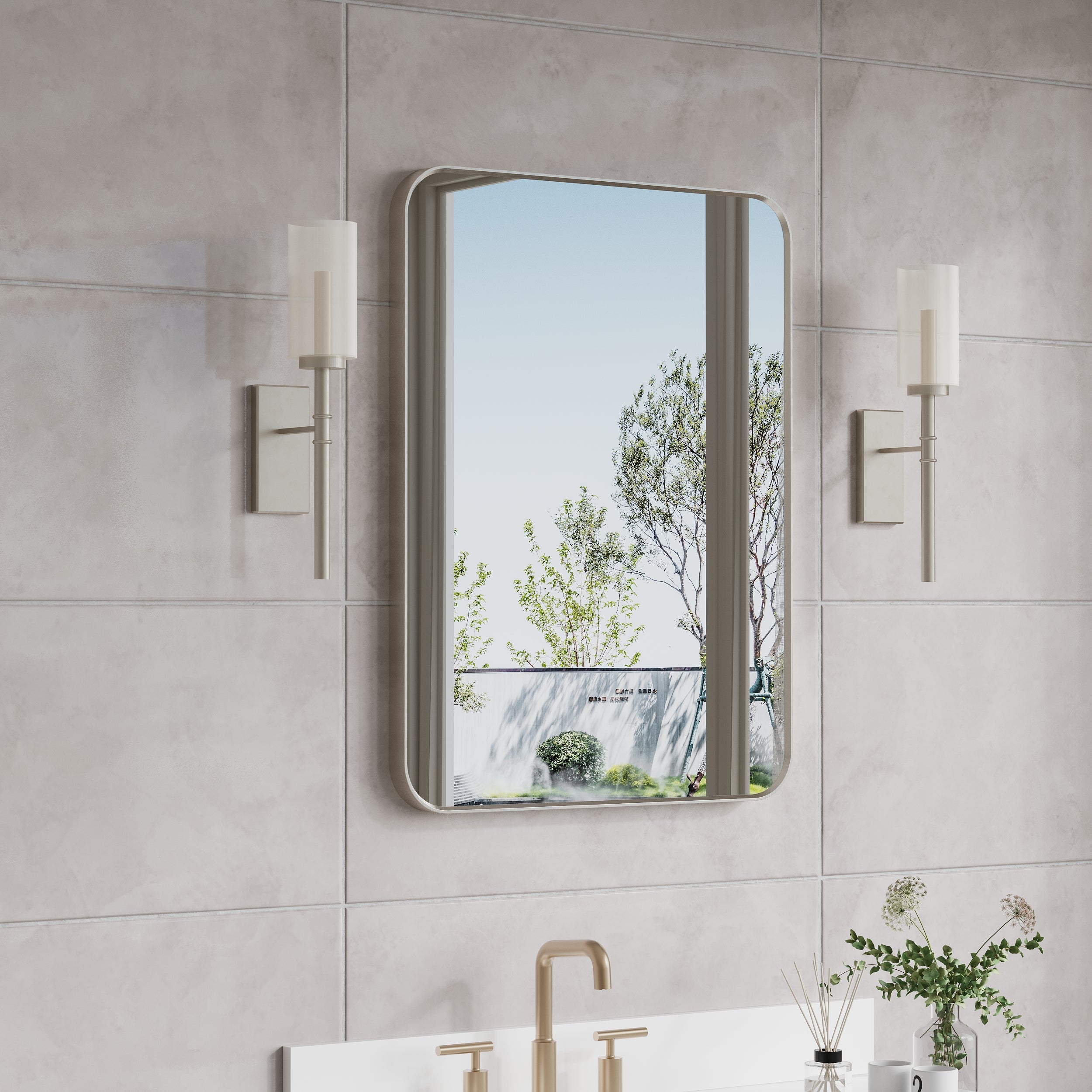
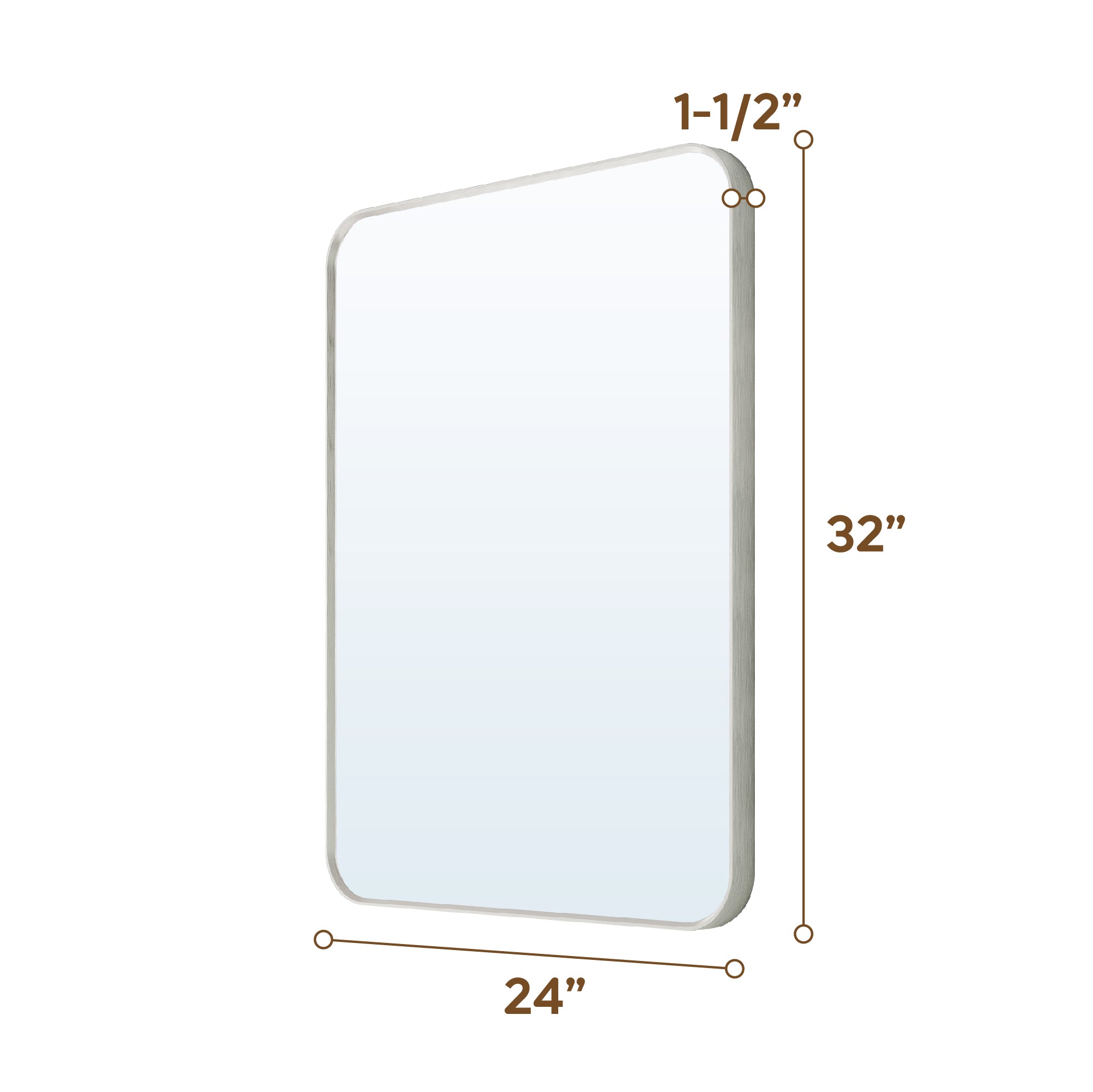

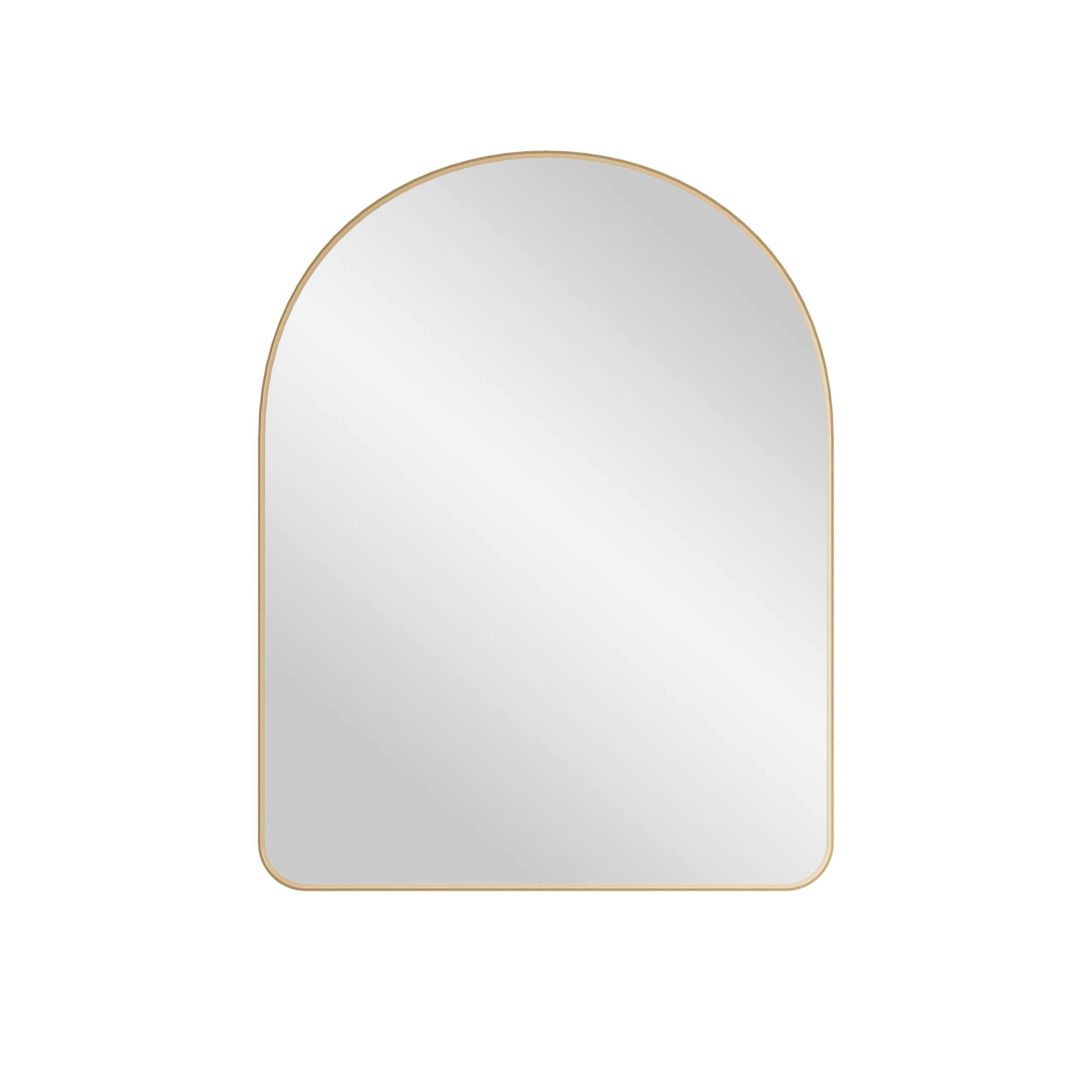

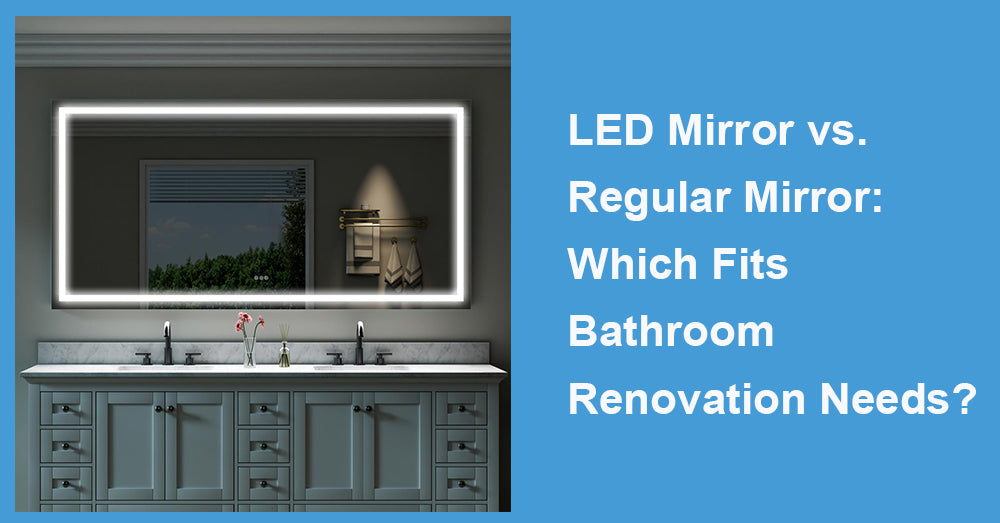
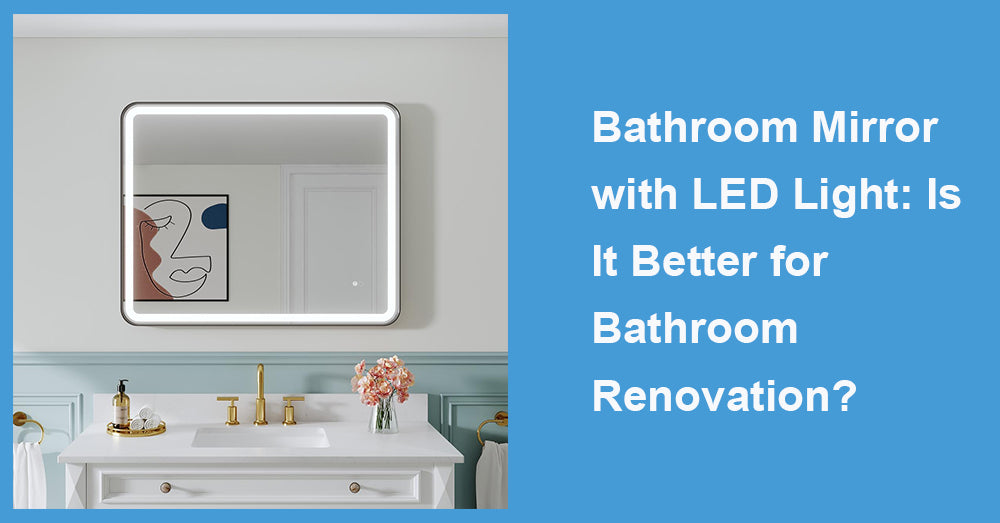
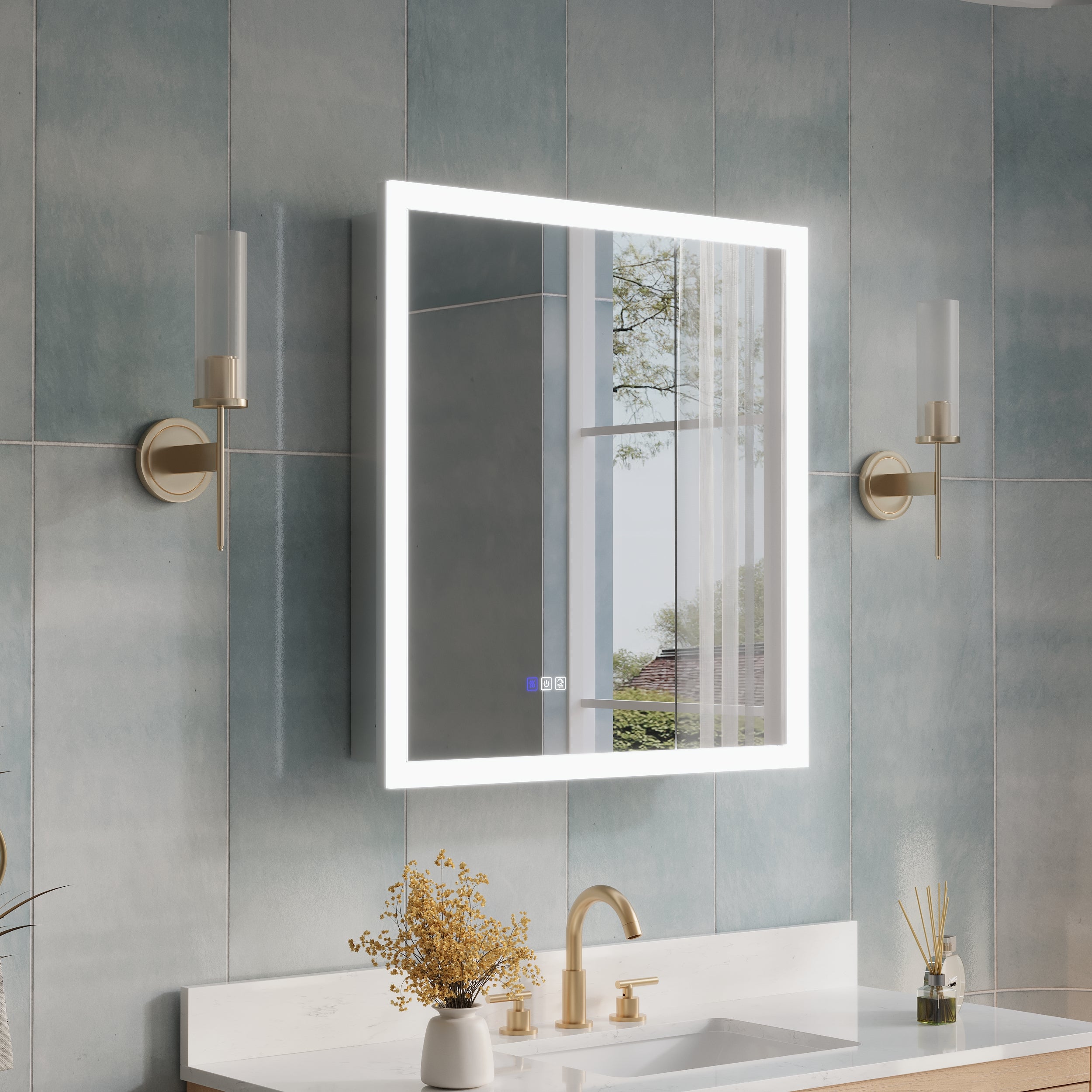
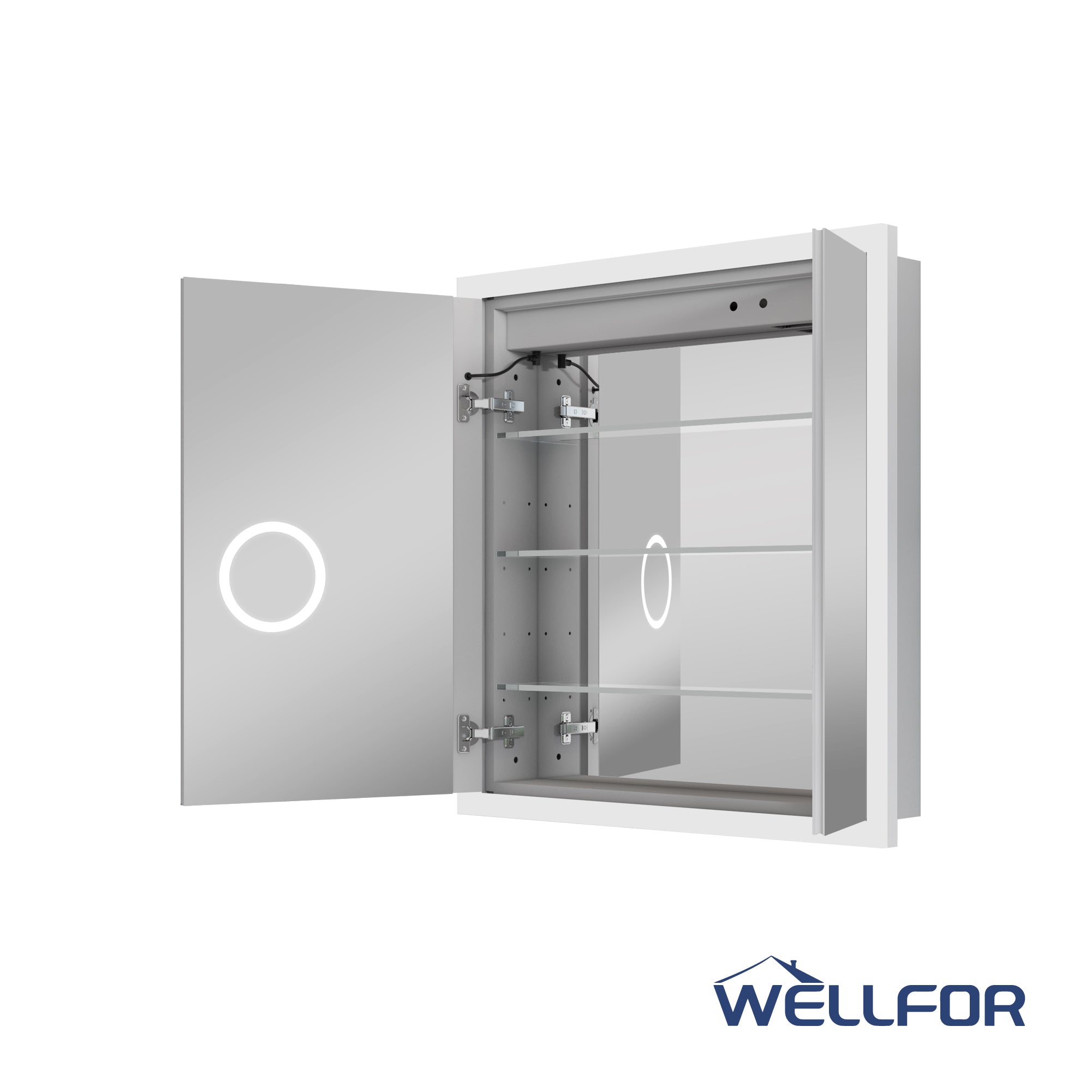
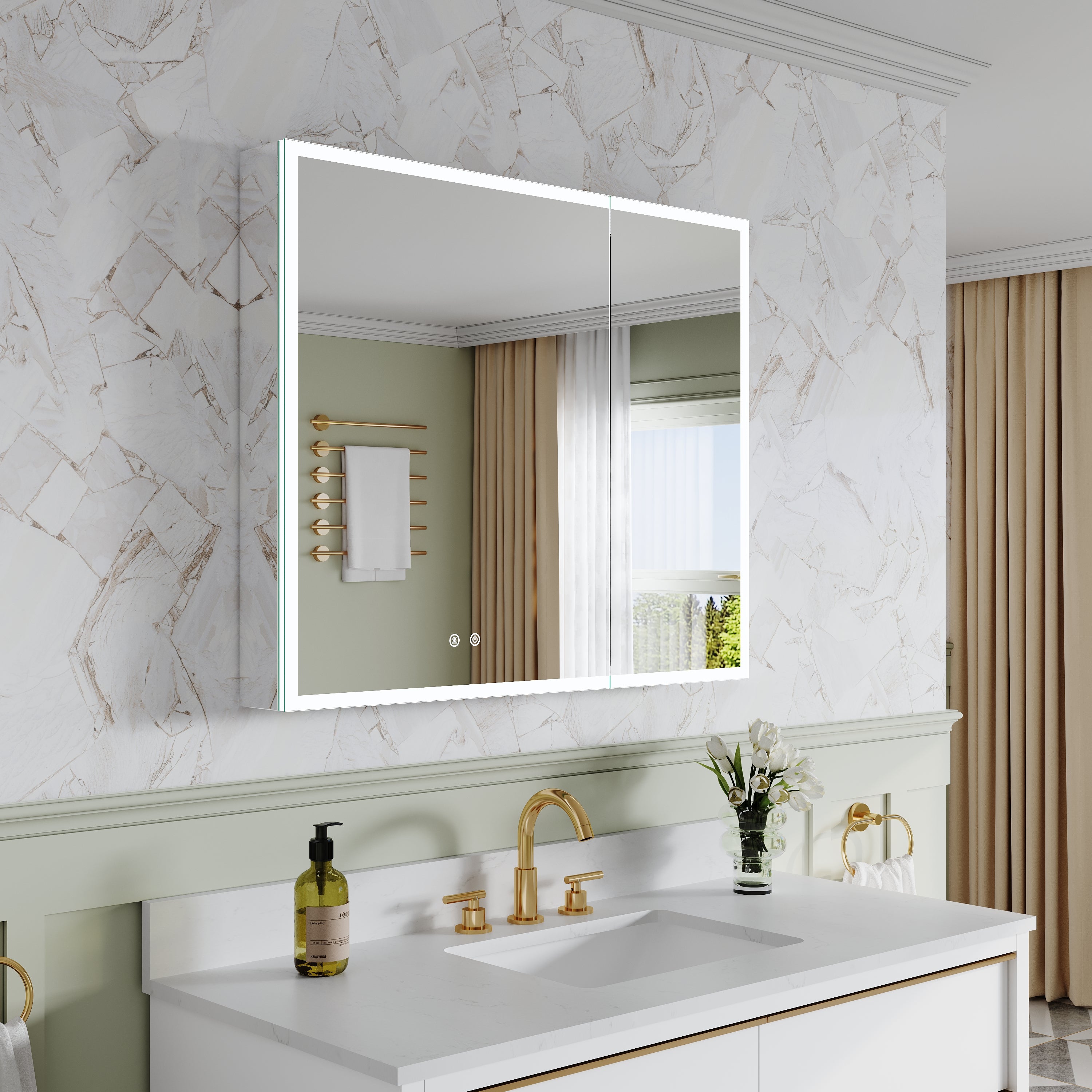
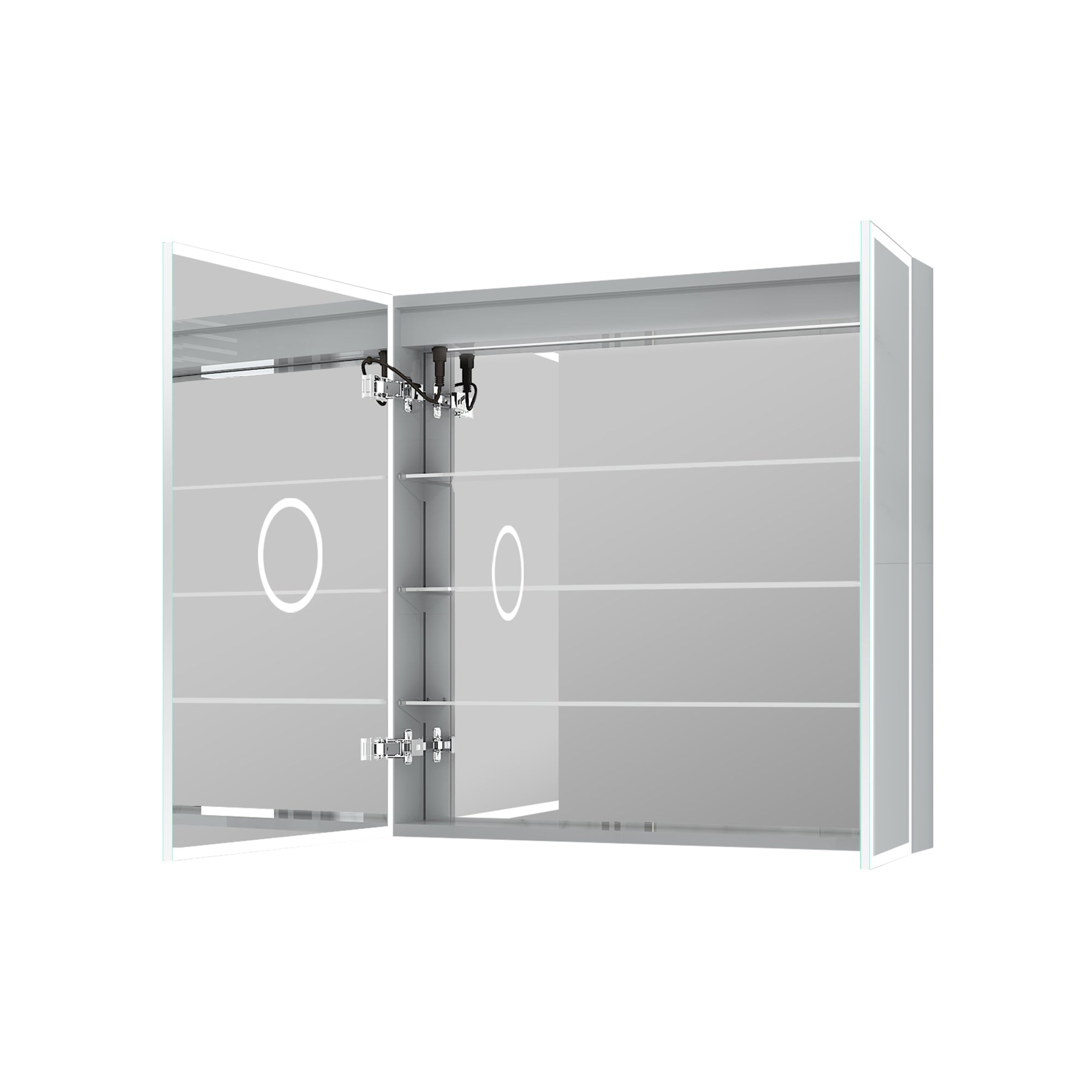
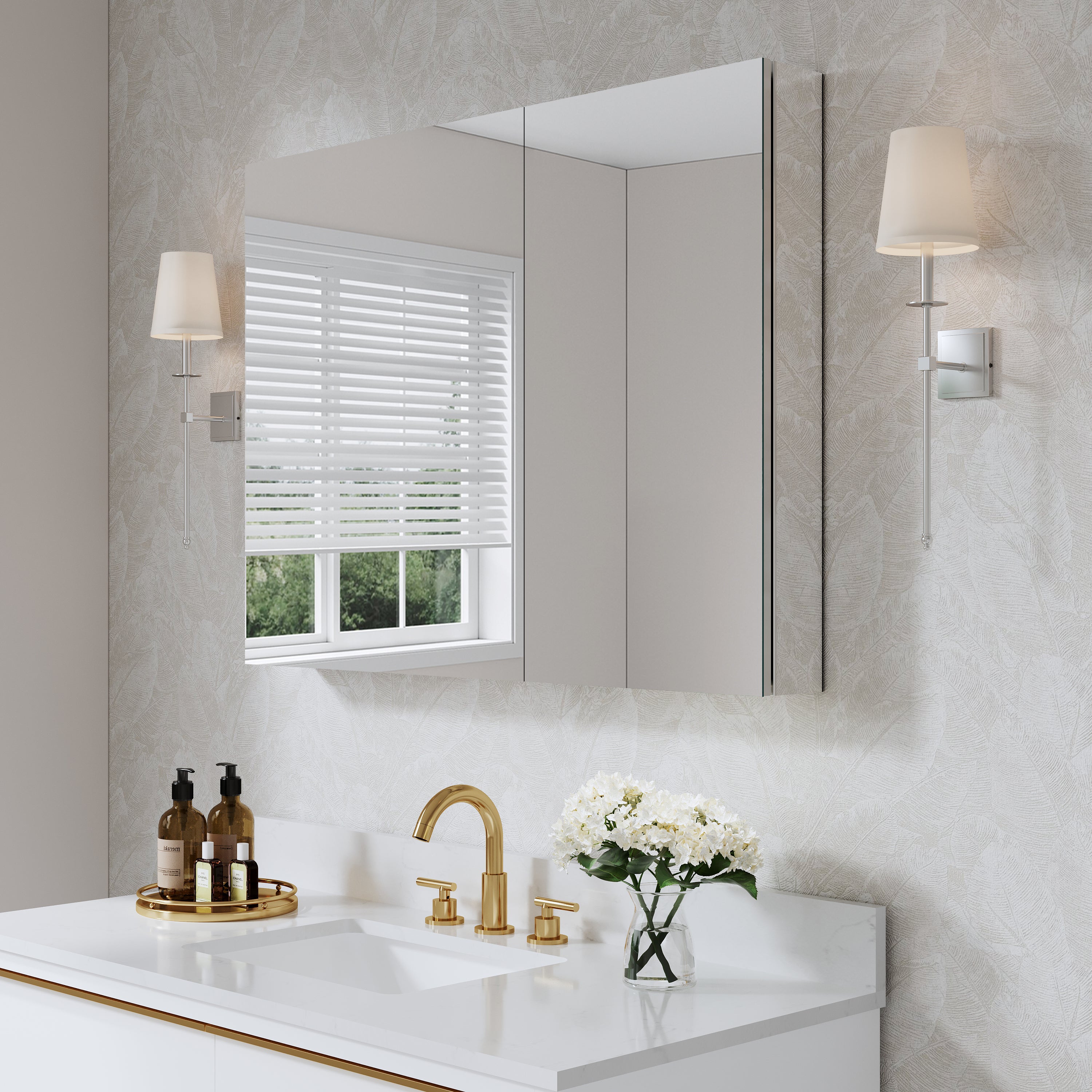

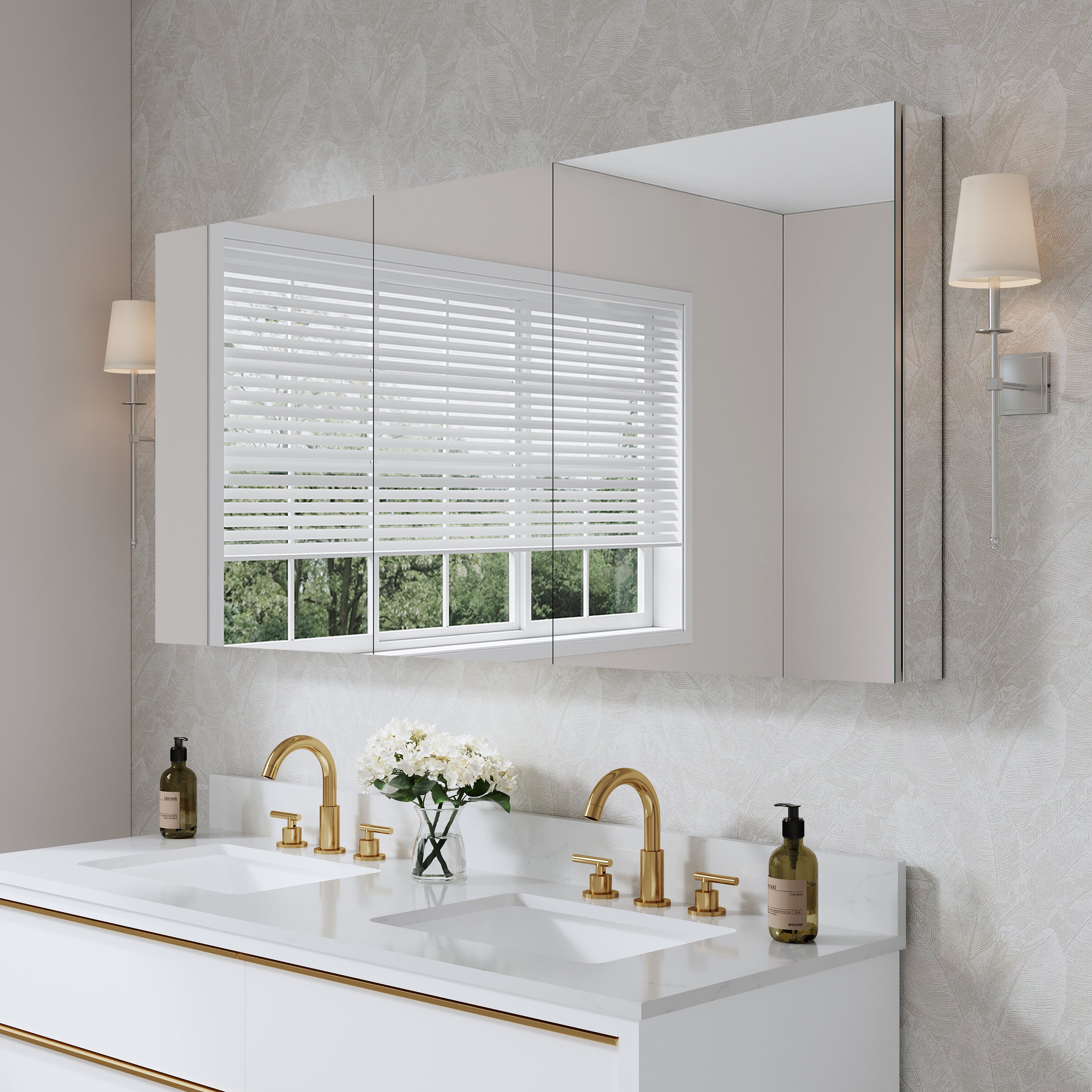

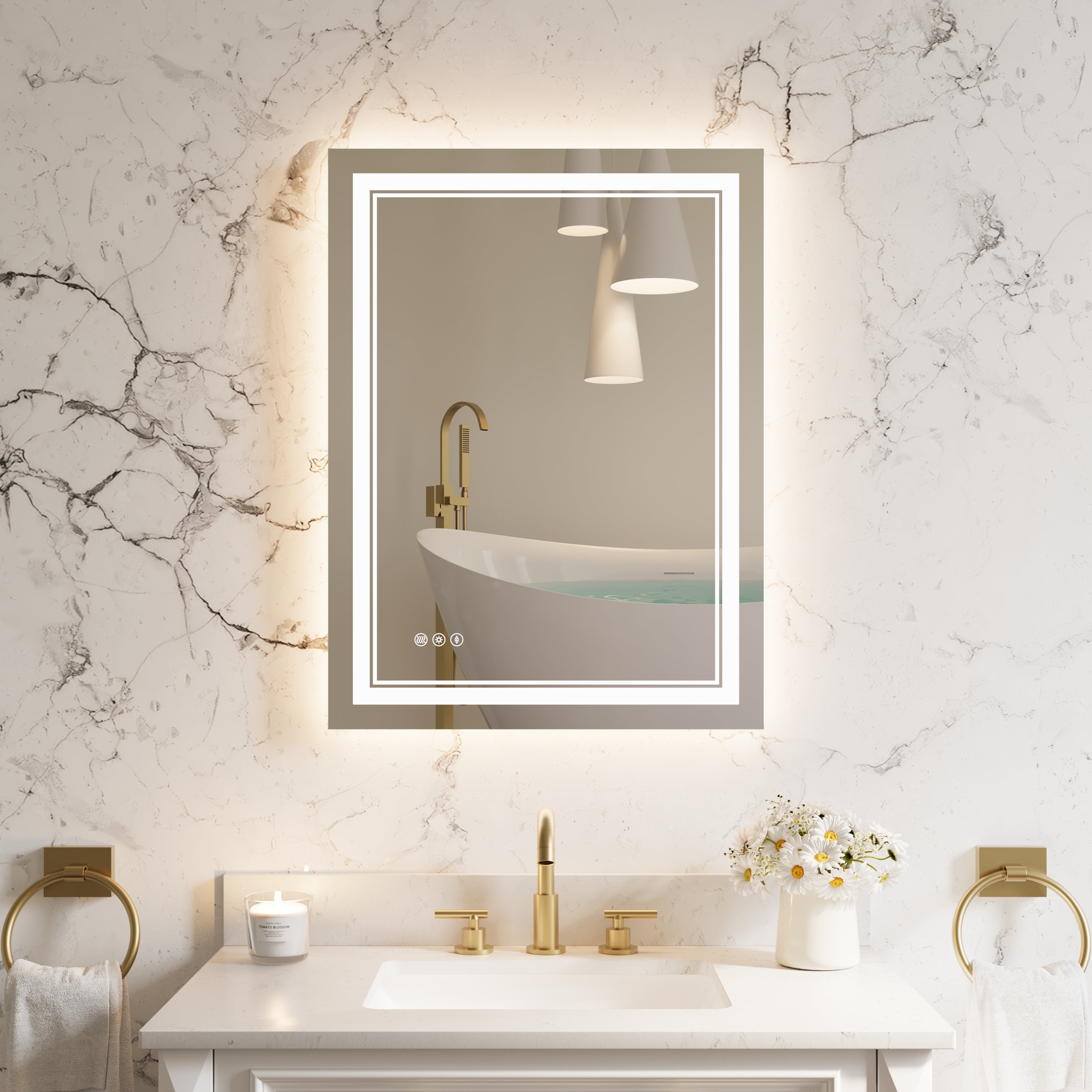
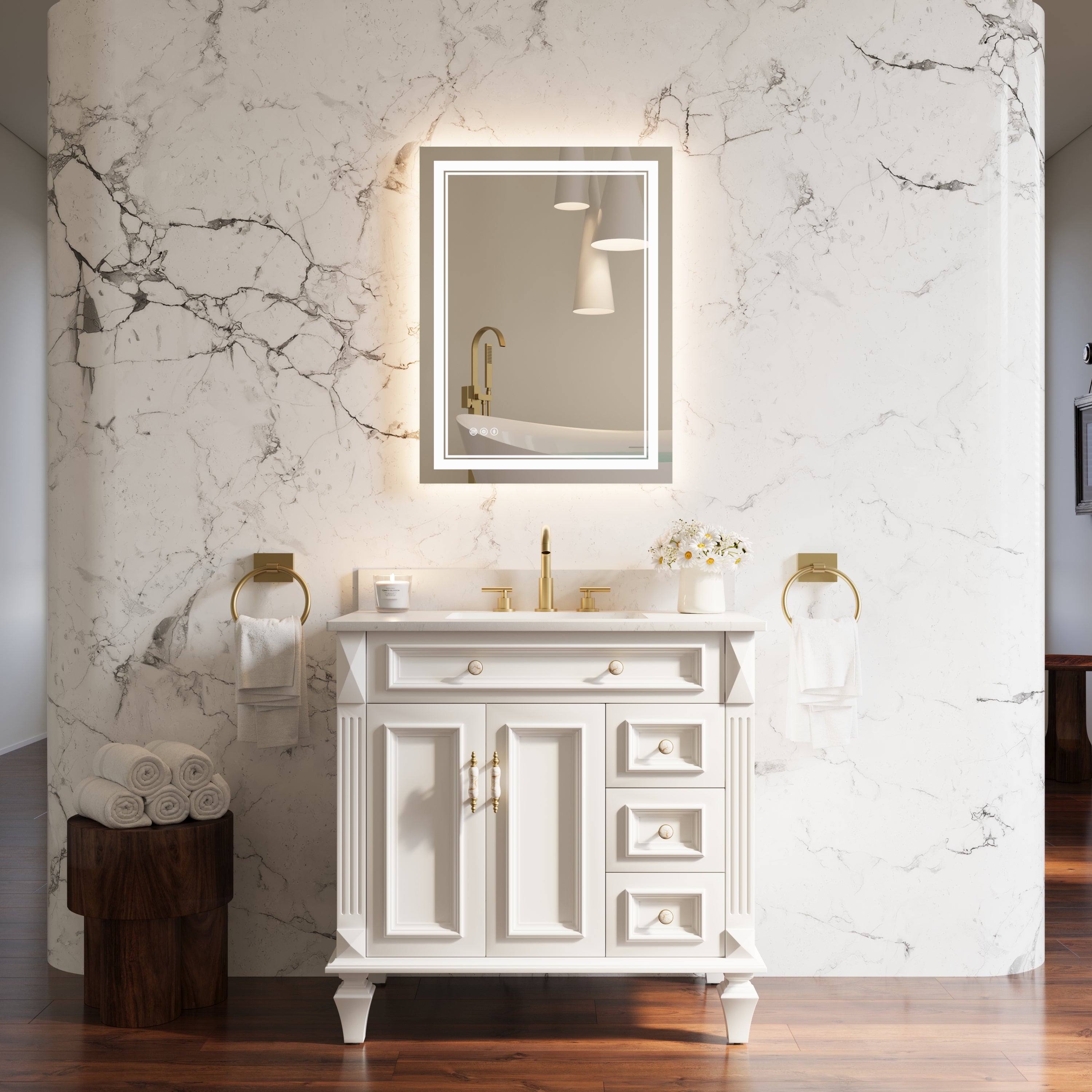
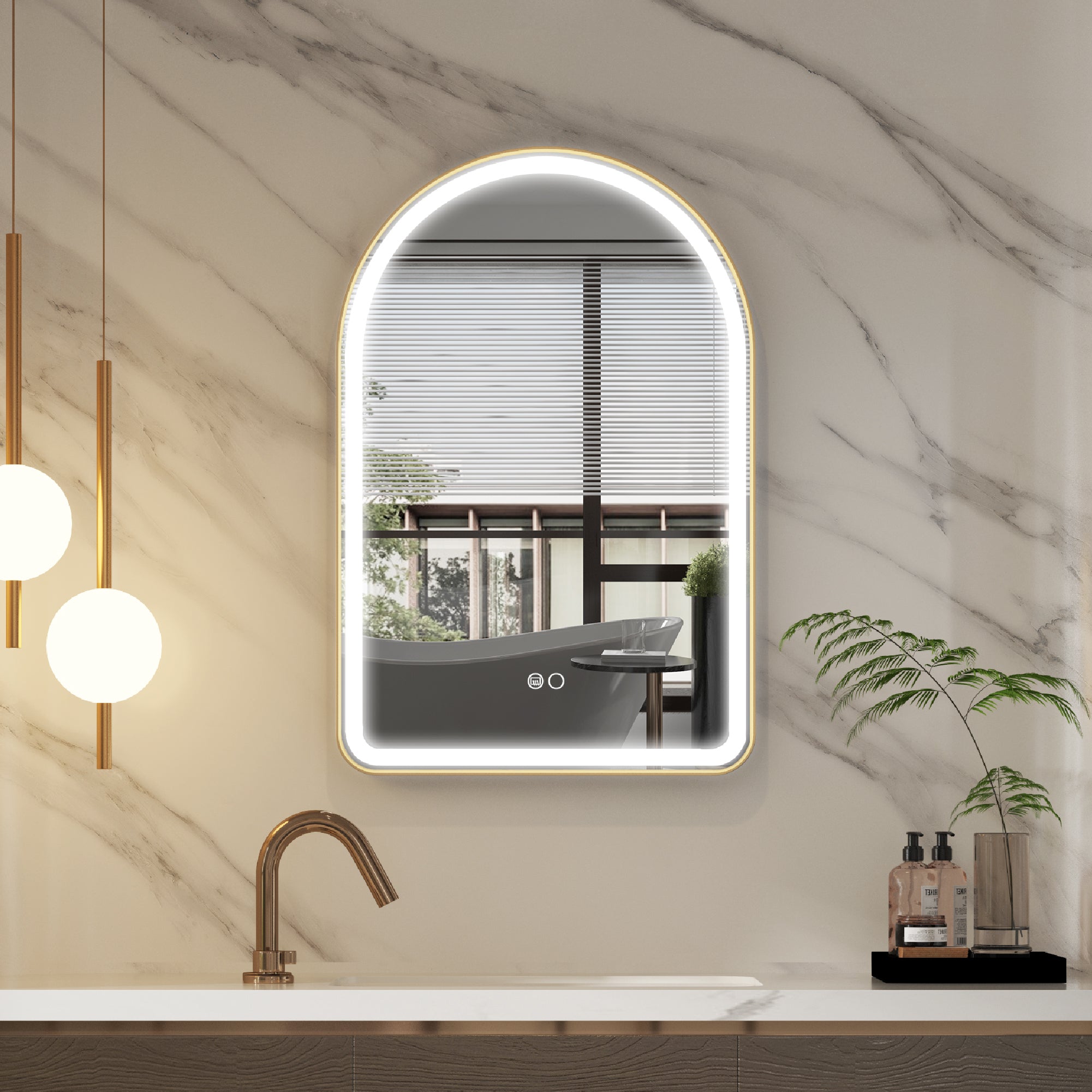
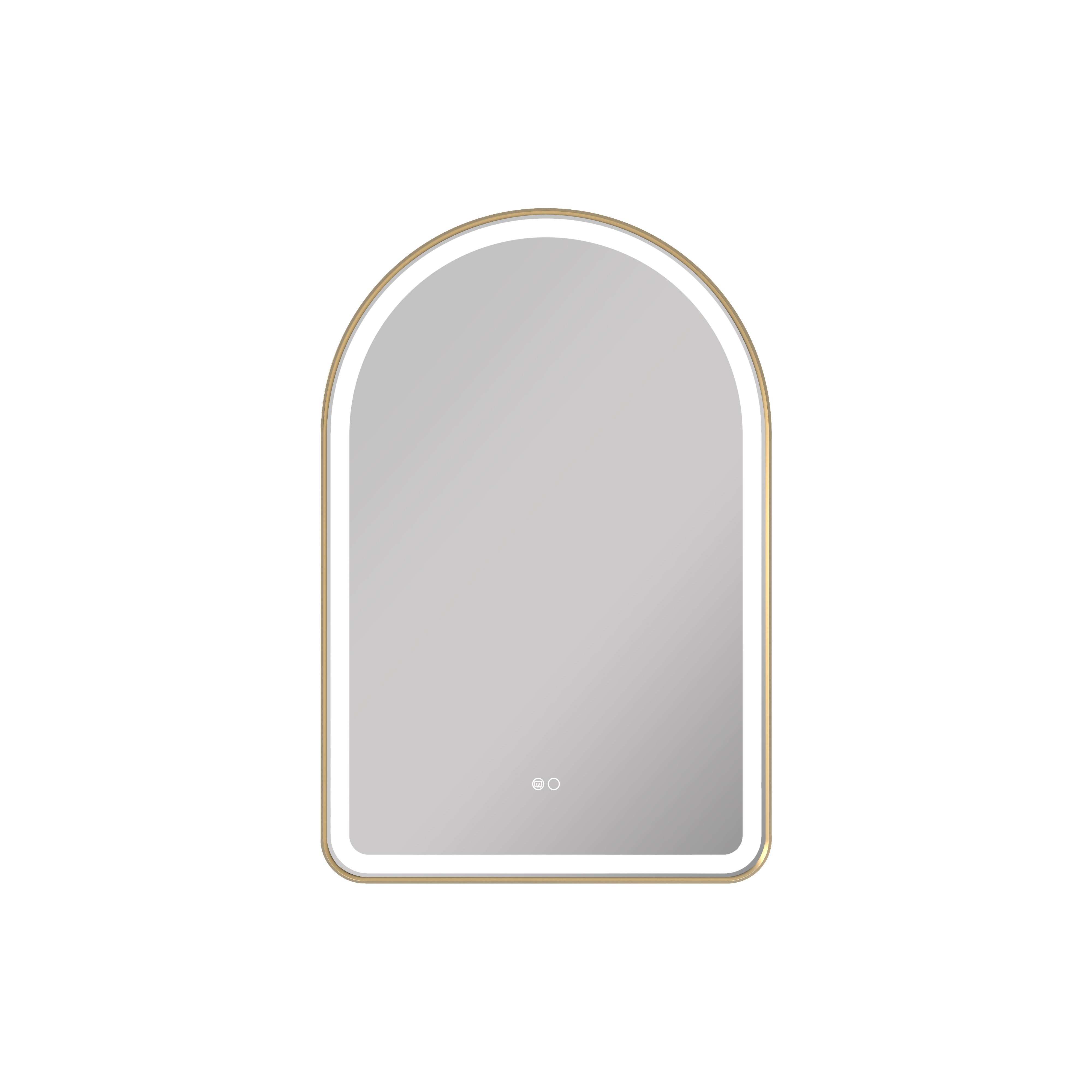
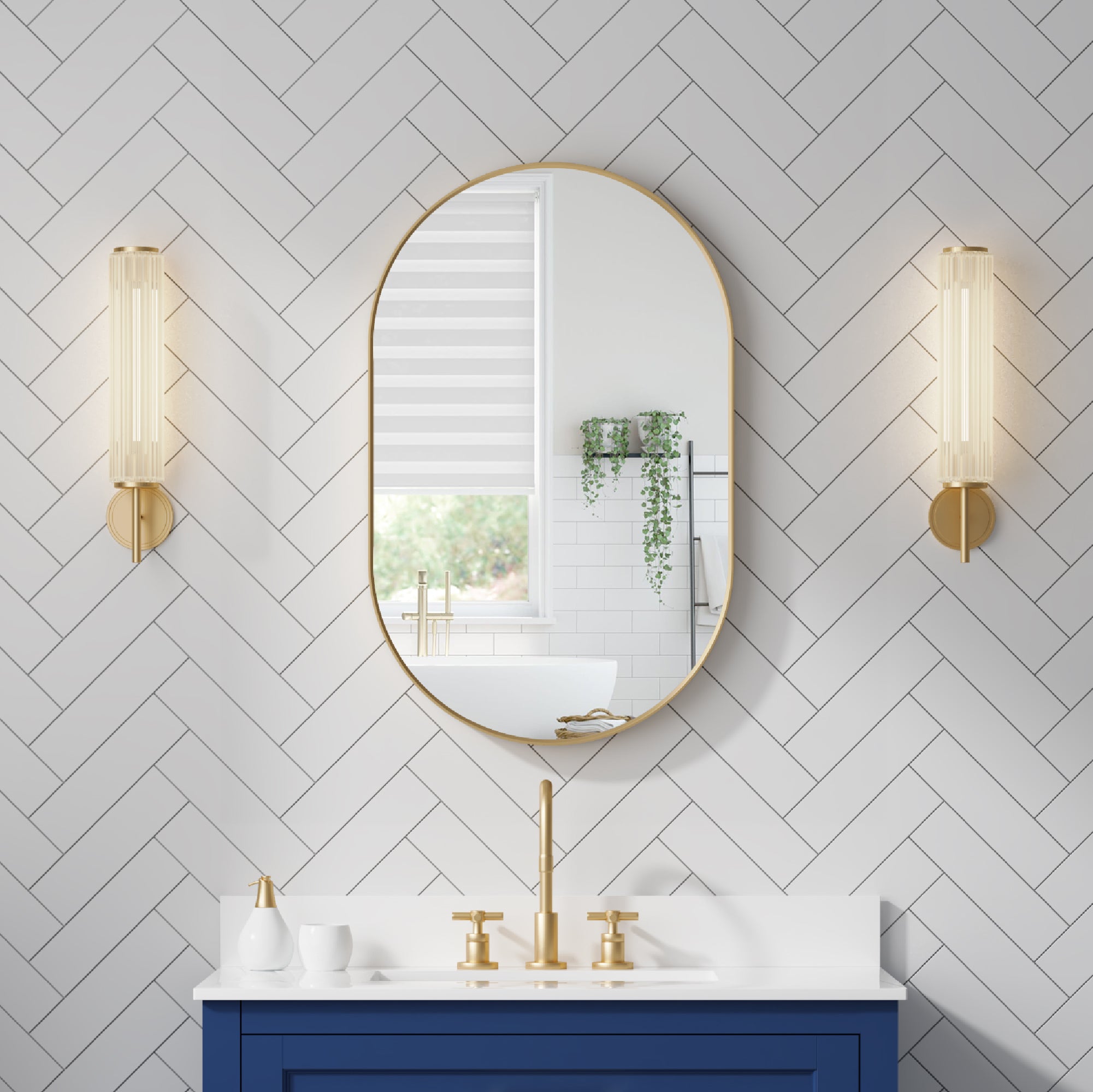
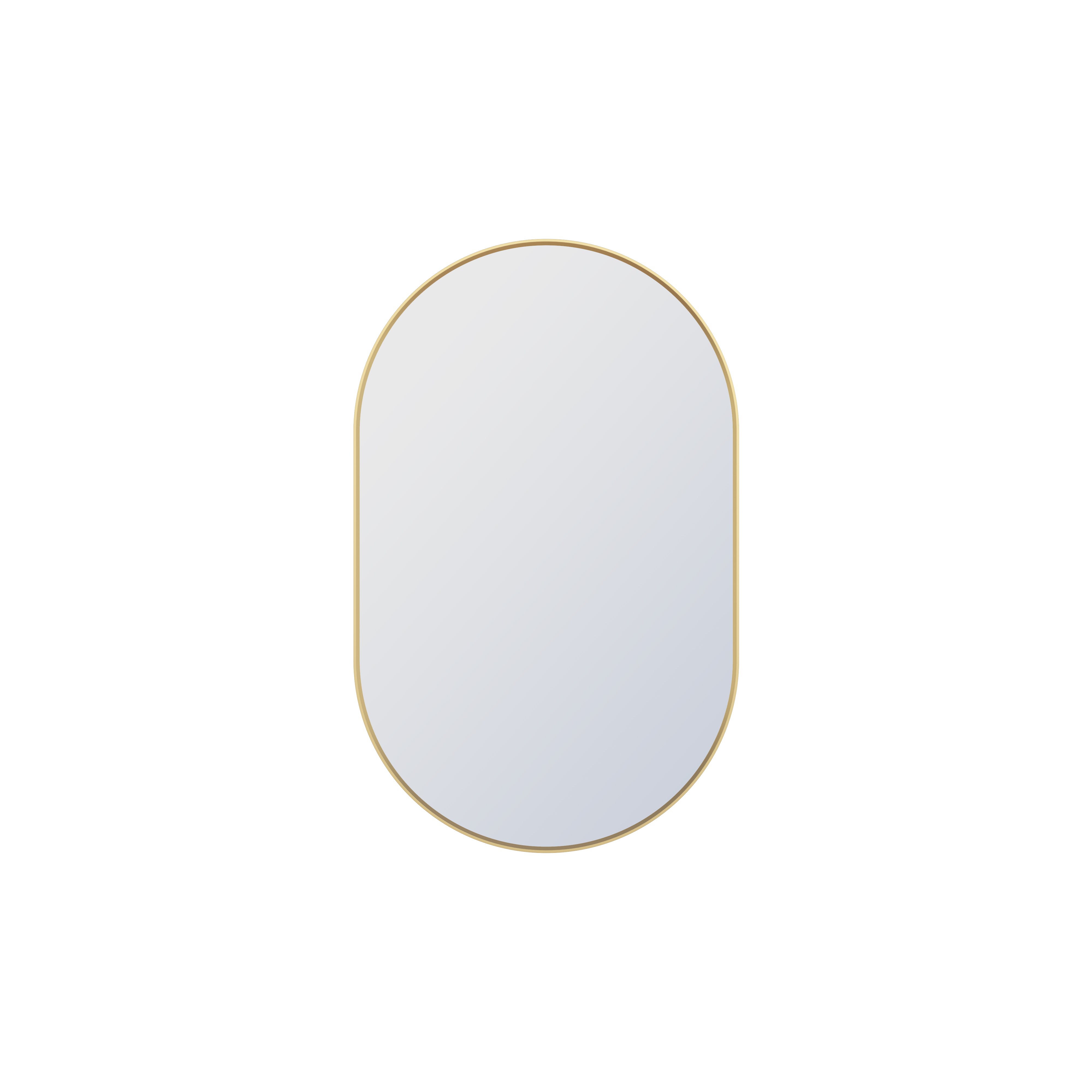


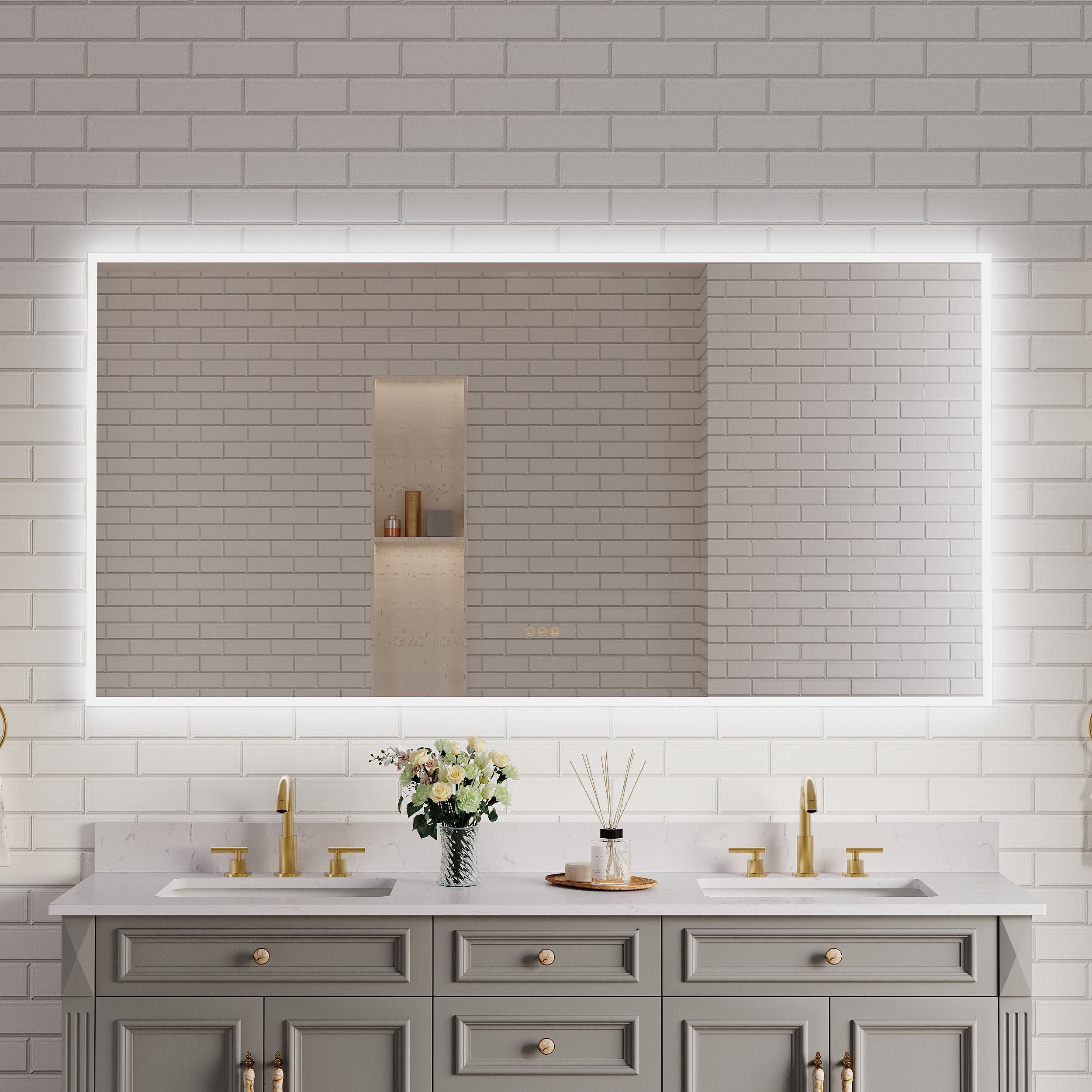





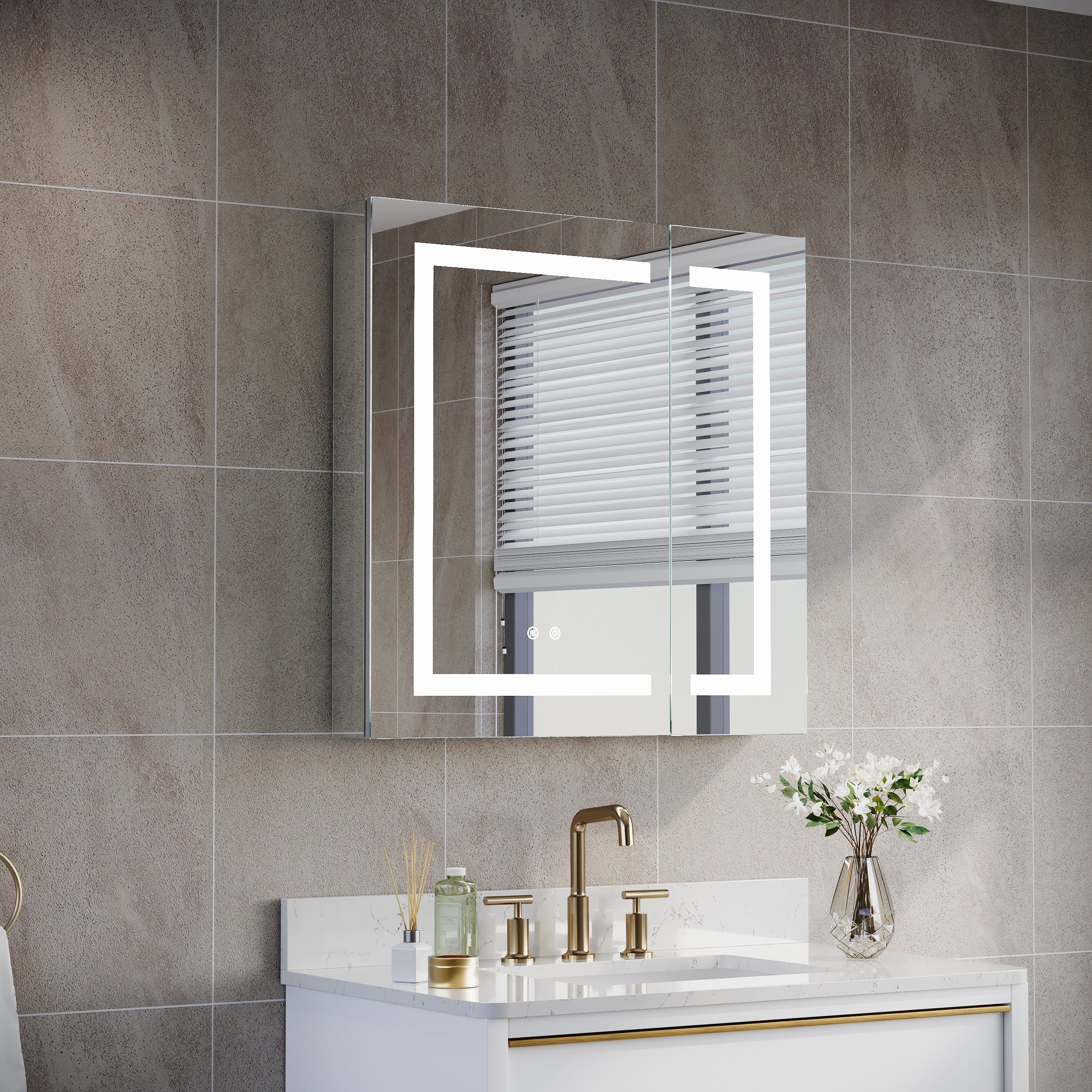
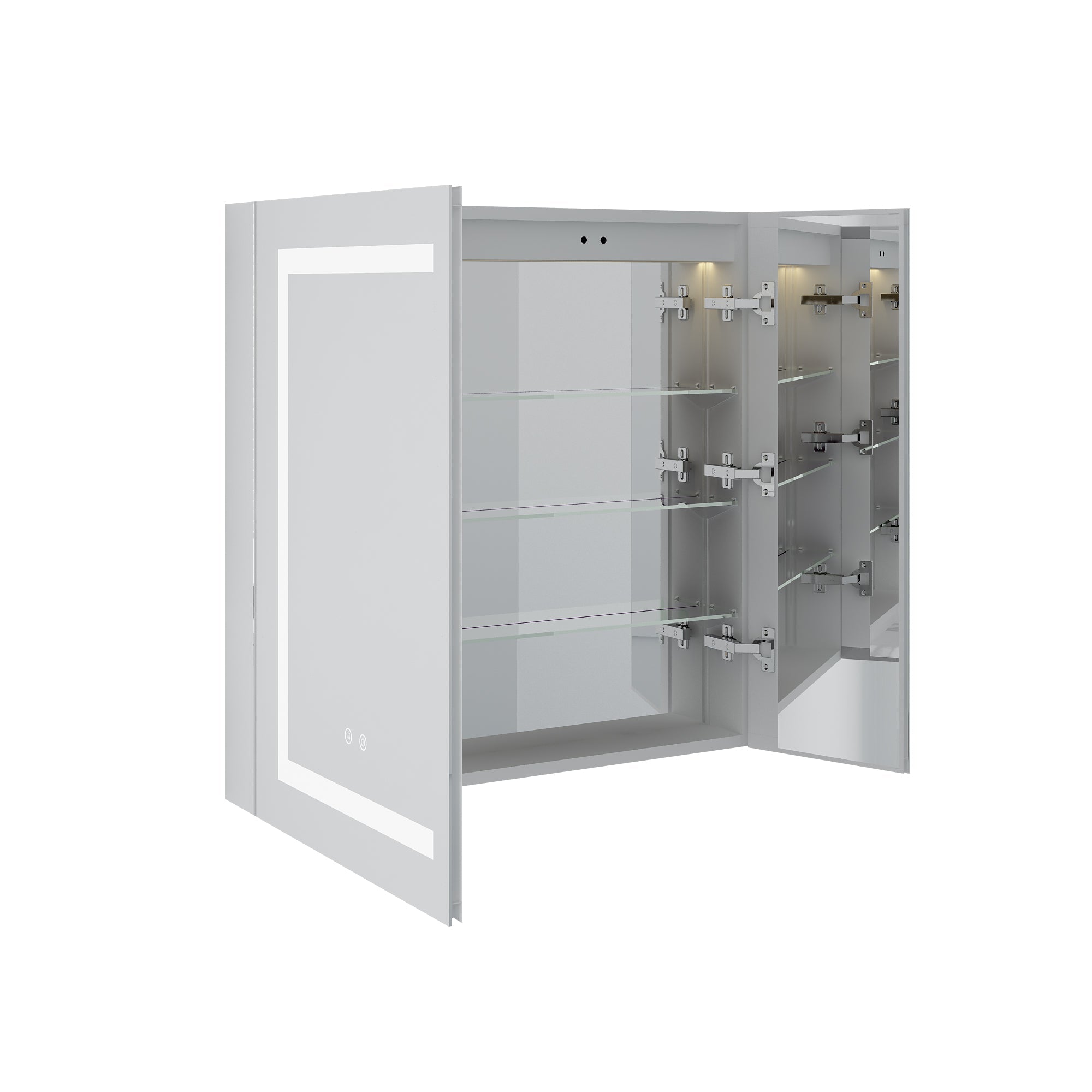




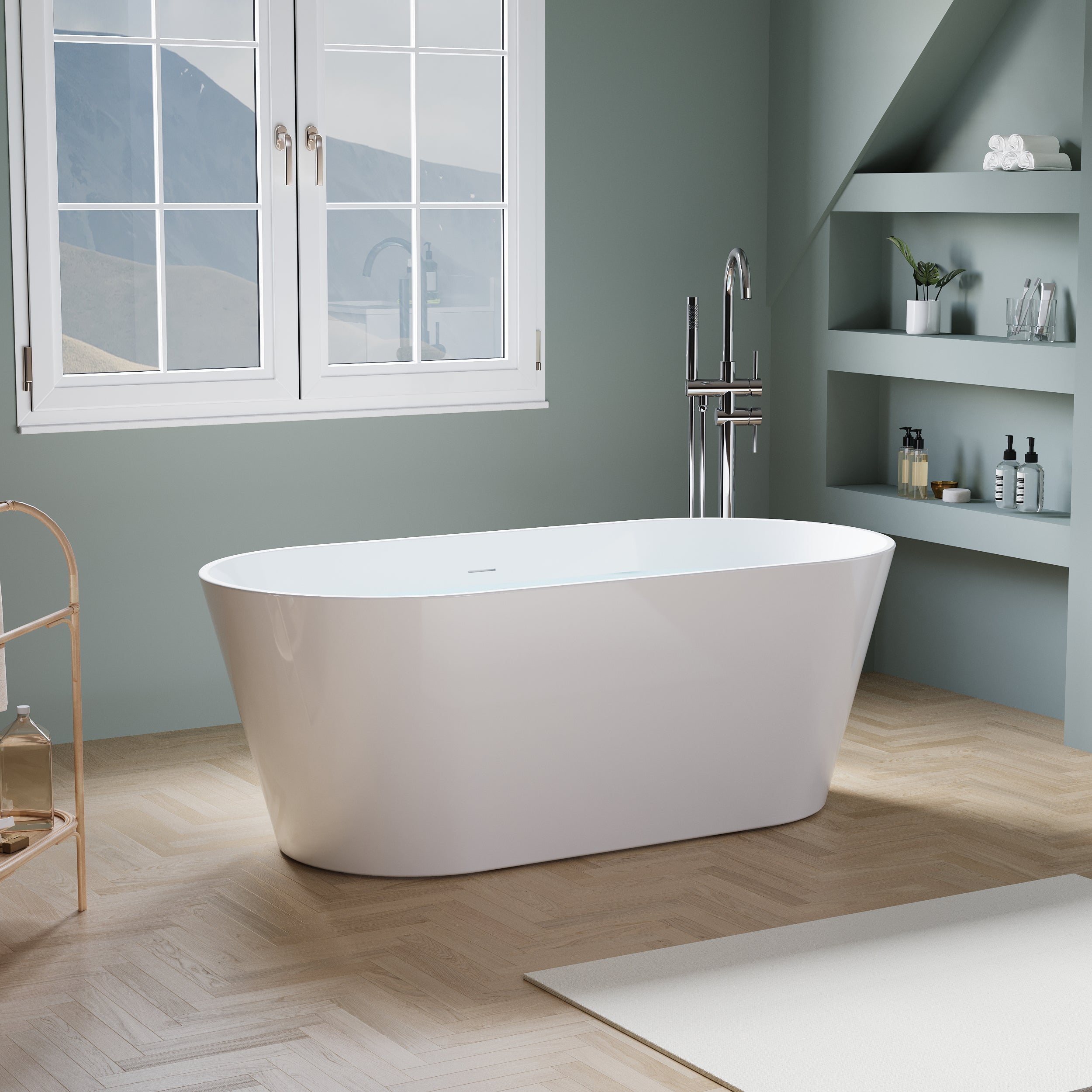
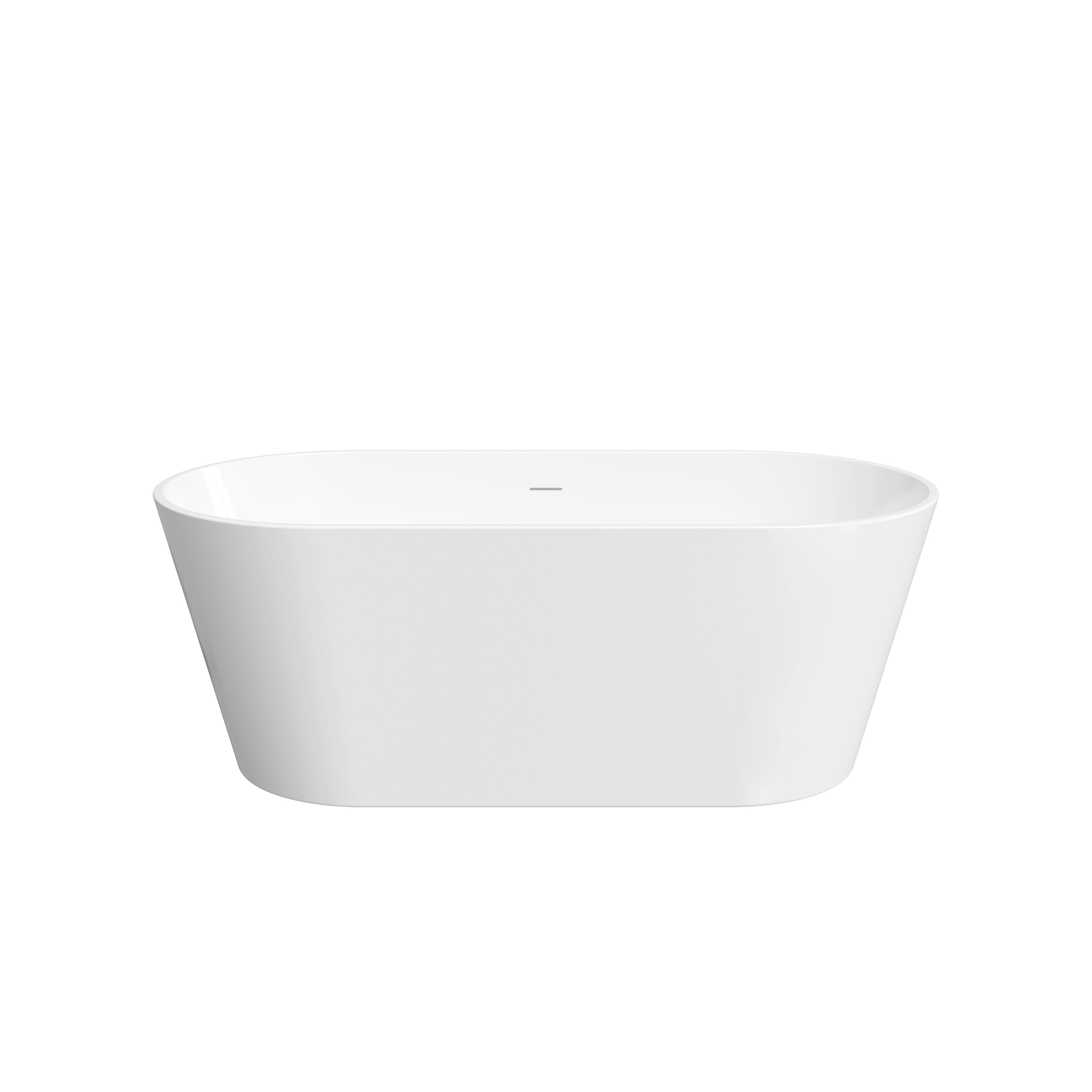


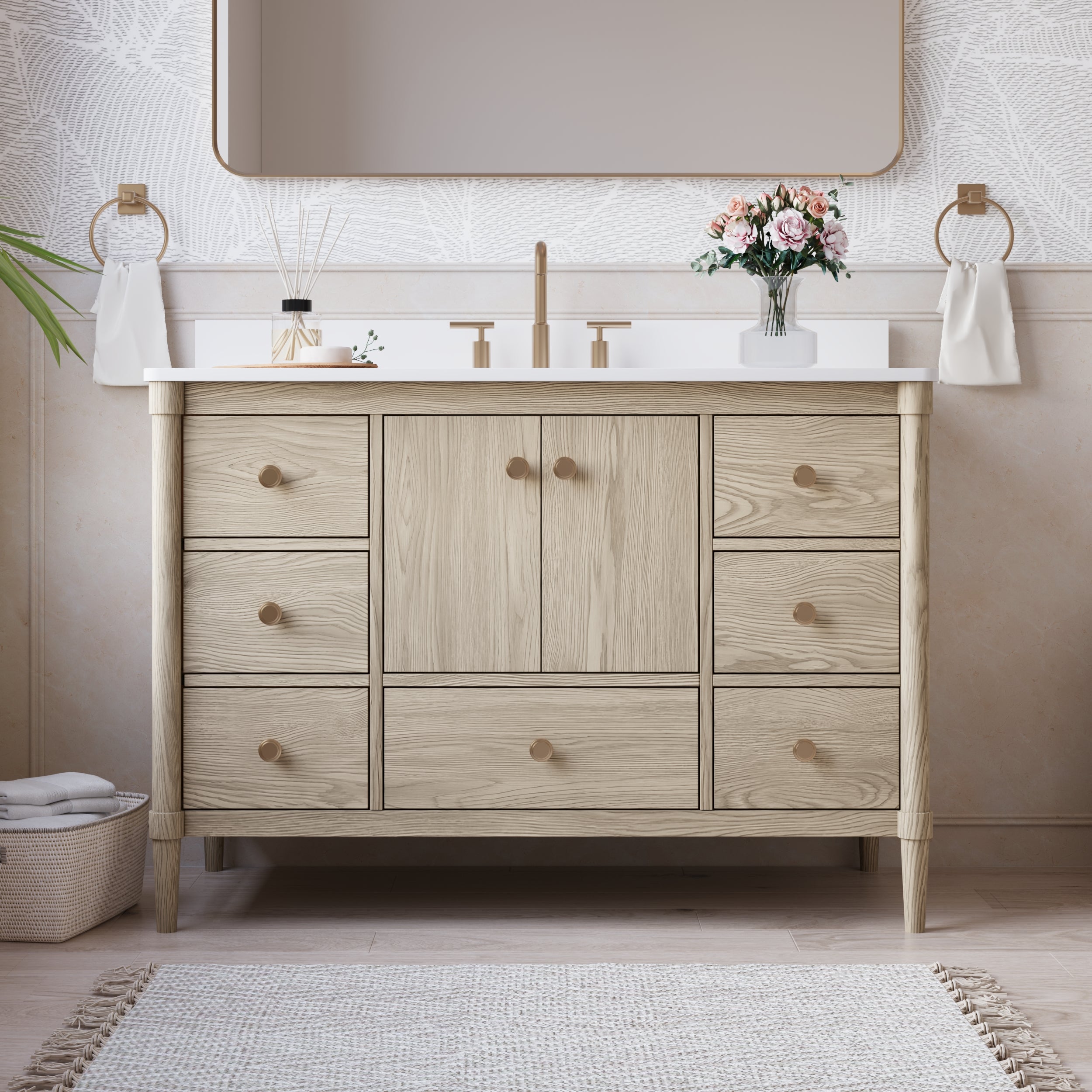
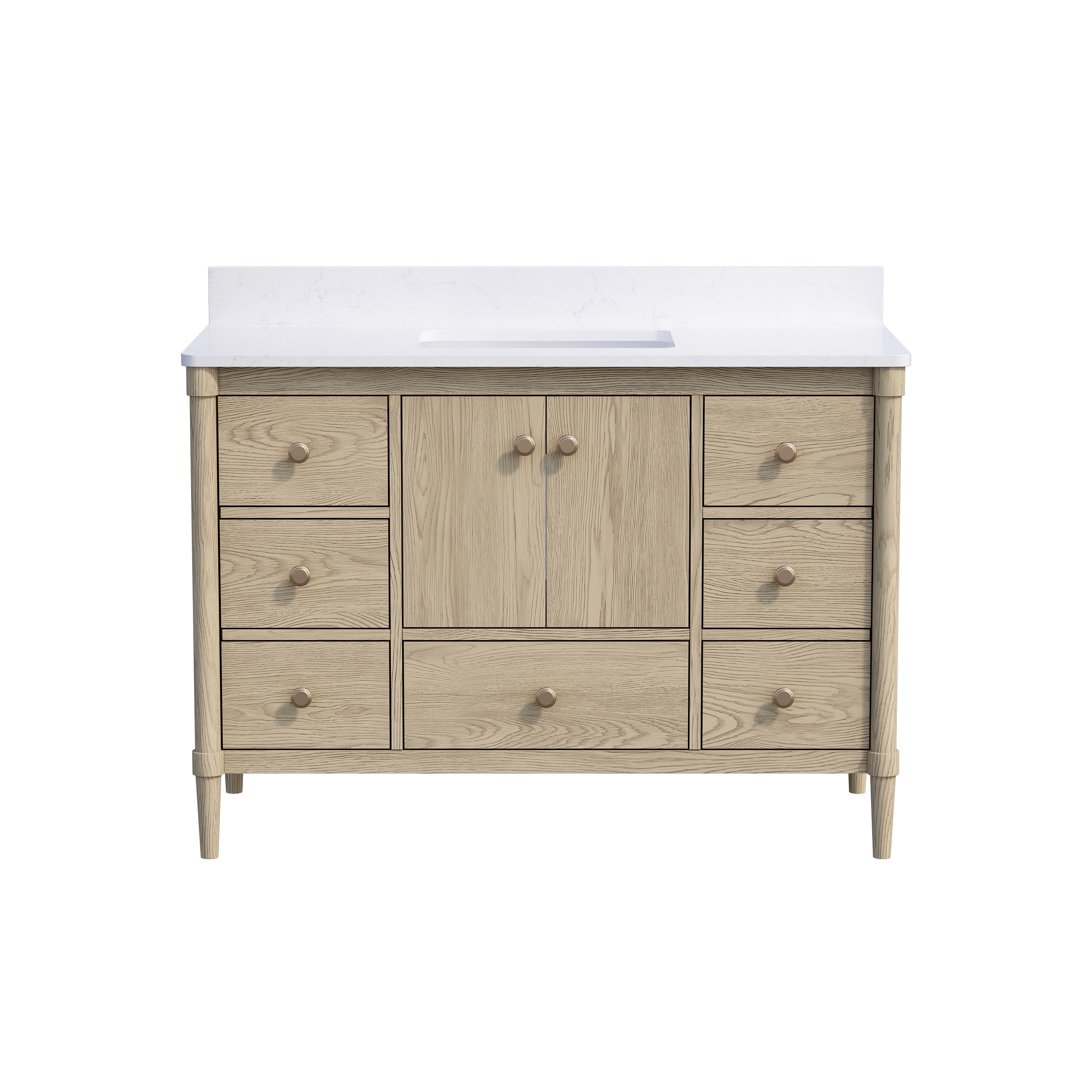
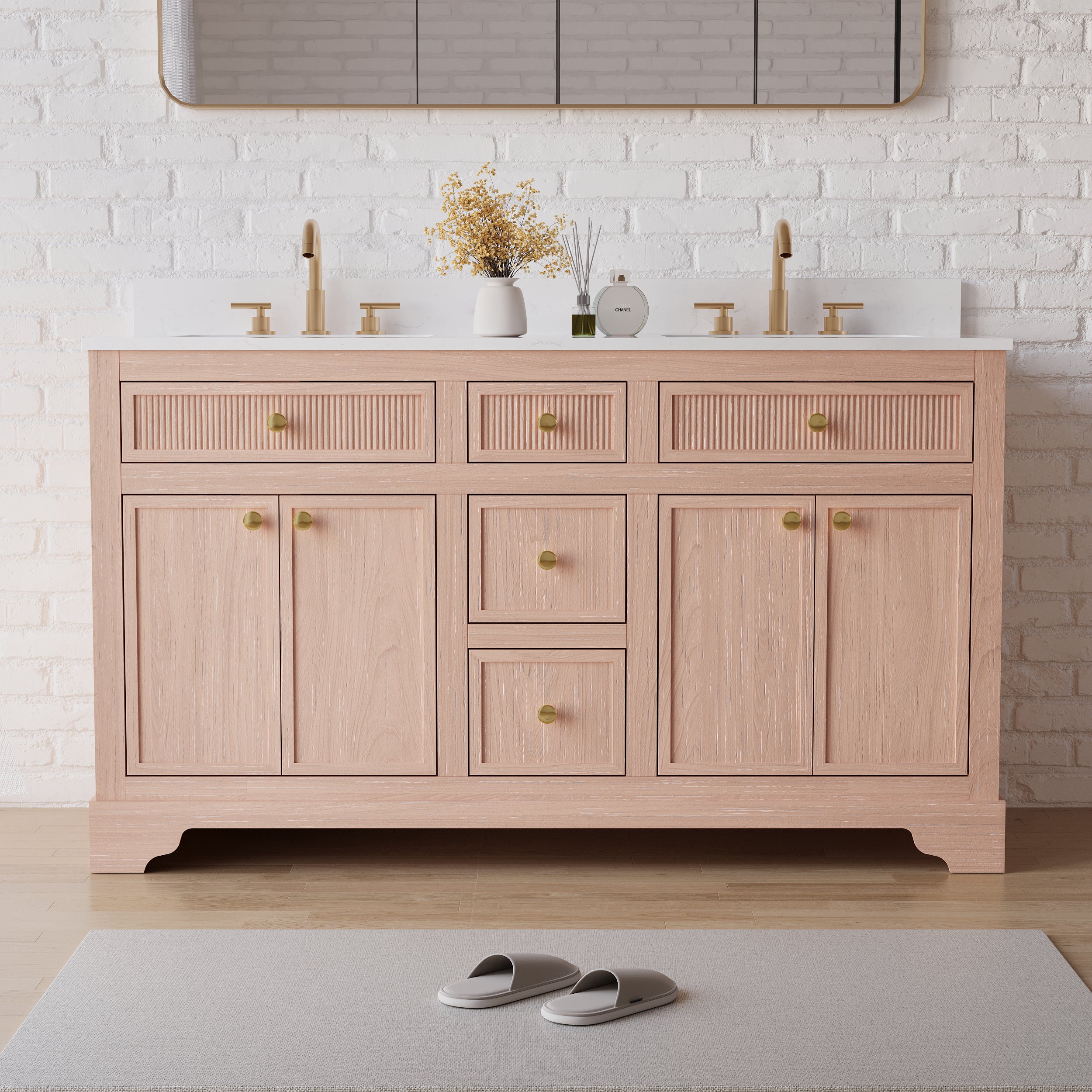
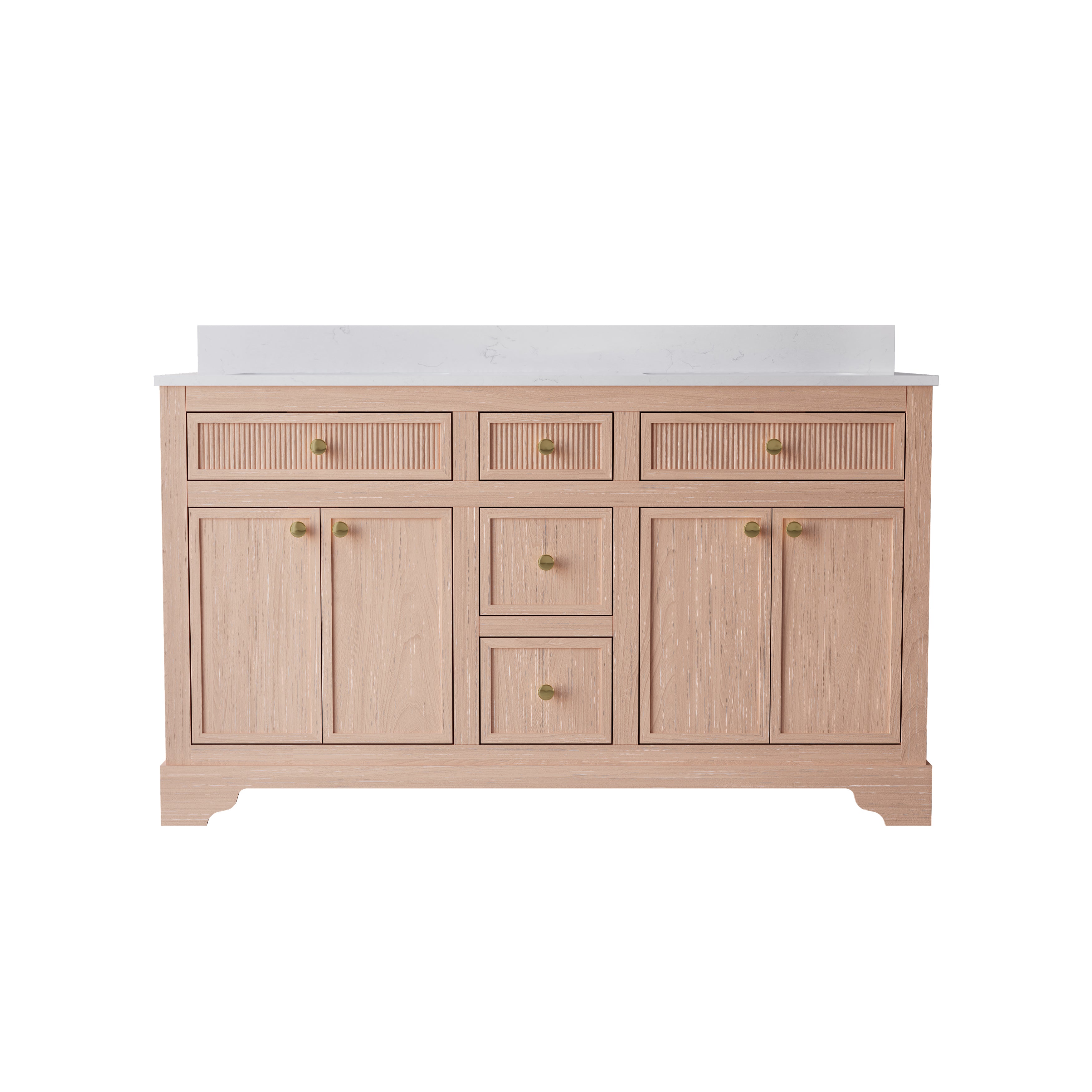
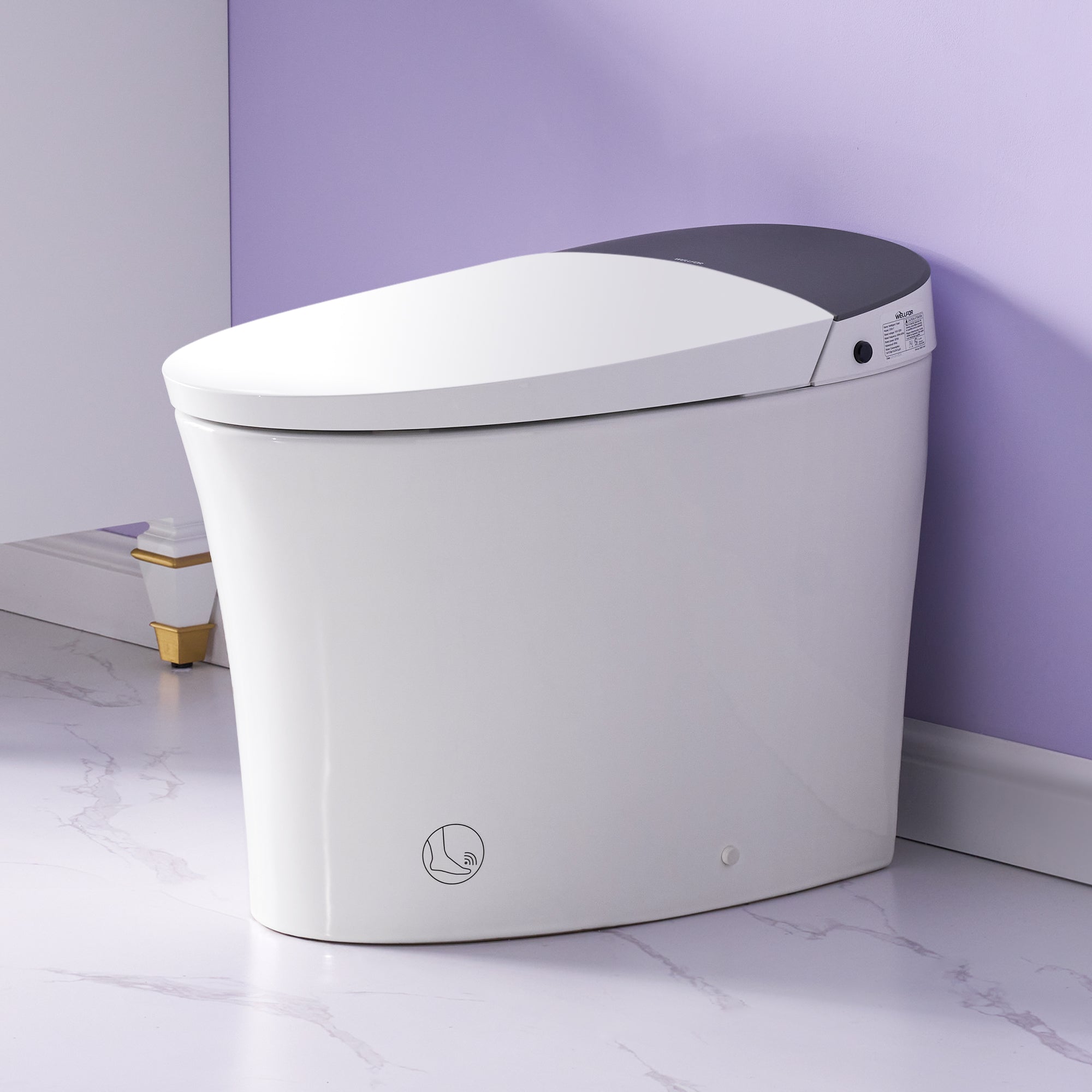
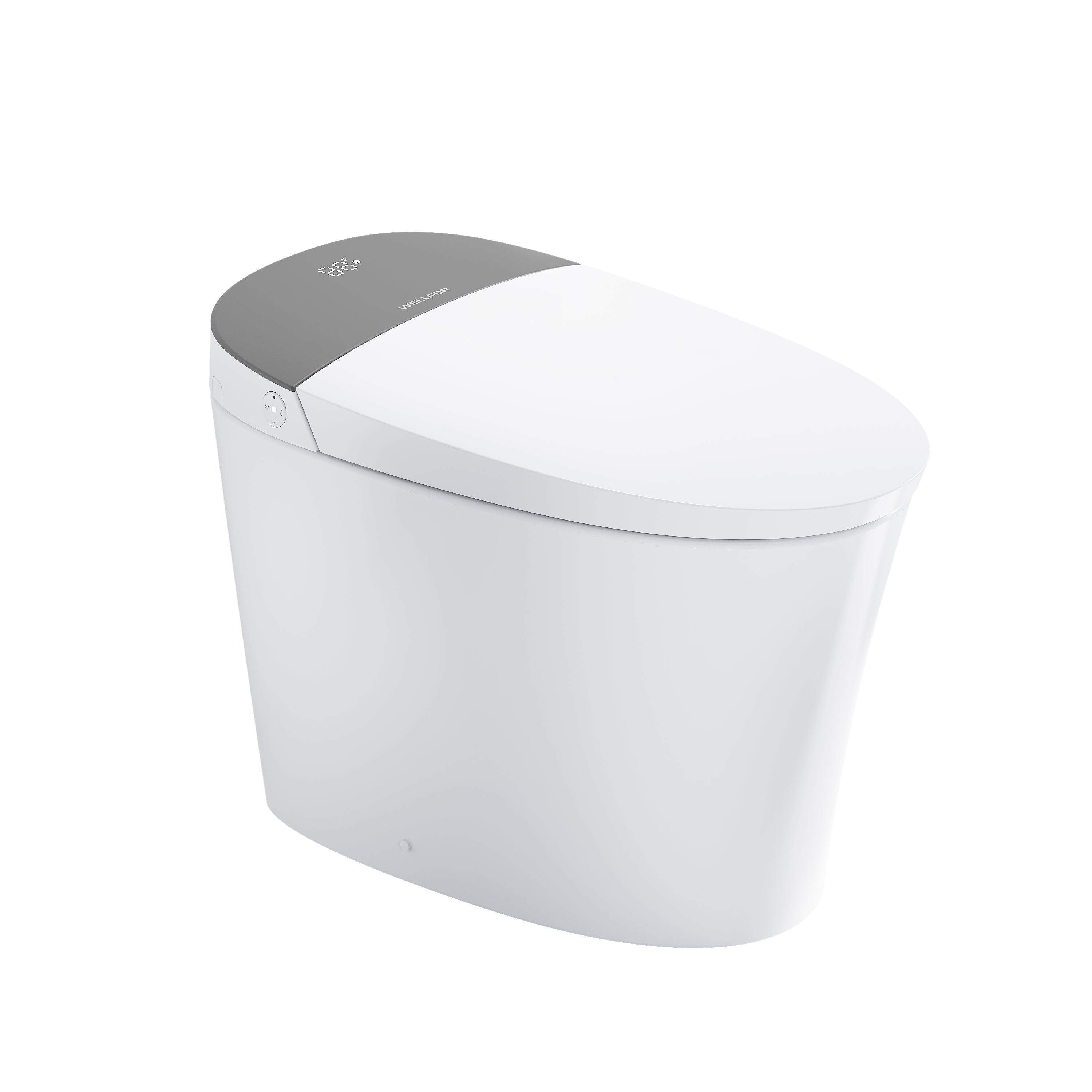
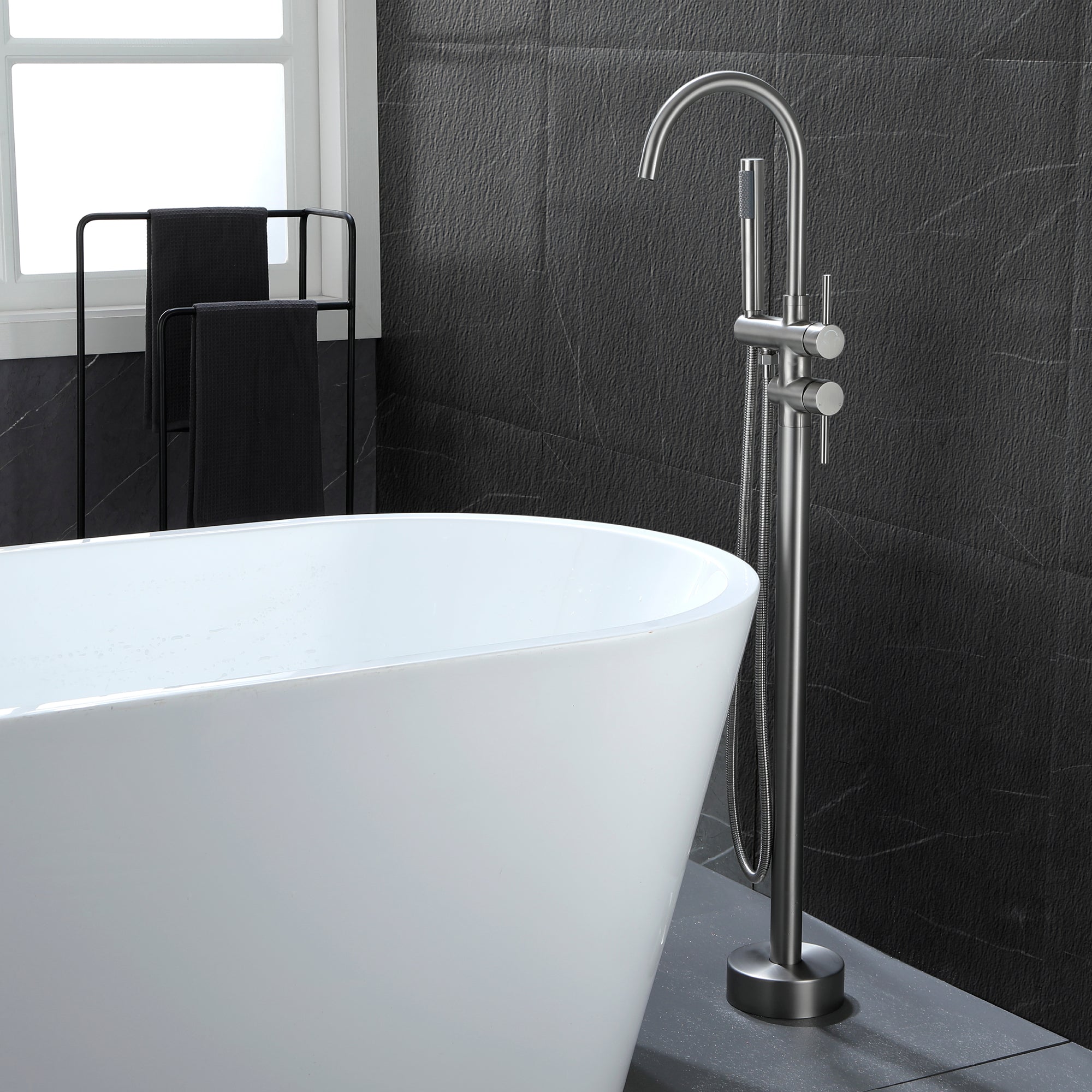

Leave a comment
This site is protected by hCaptcha and the hCaptcha Privacy Policy and Terms of Service apply.